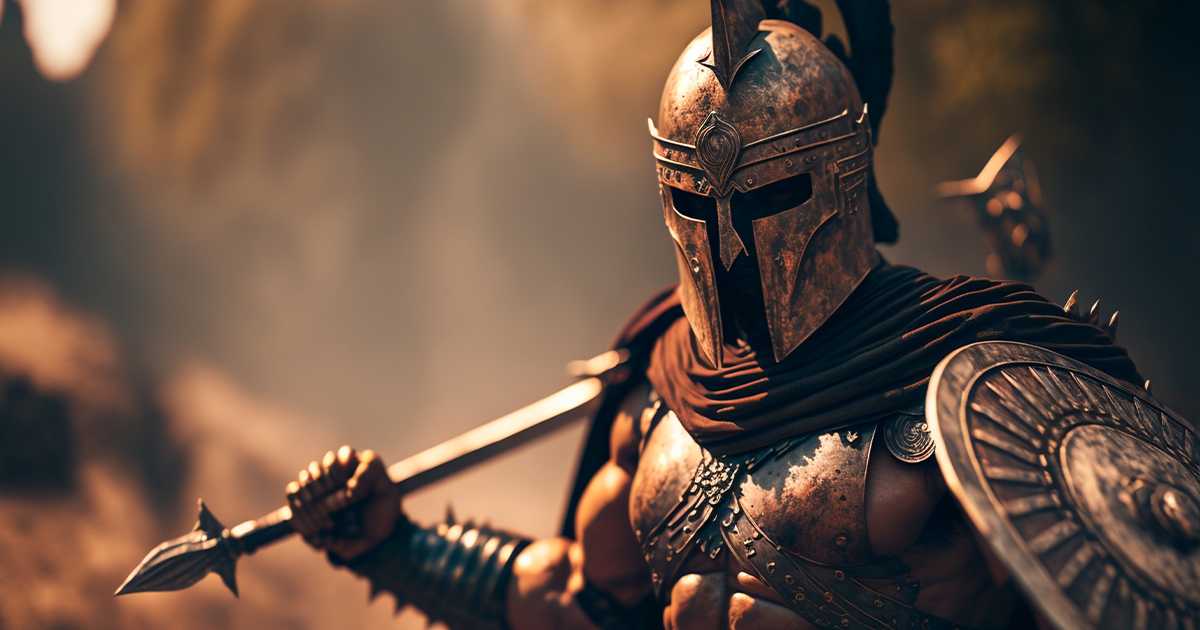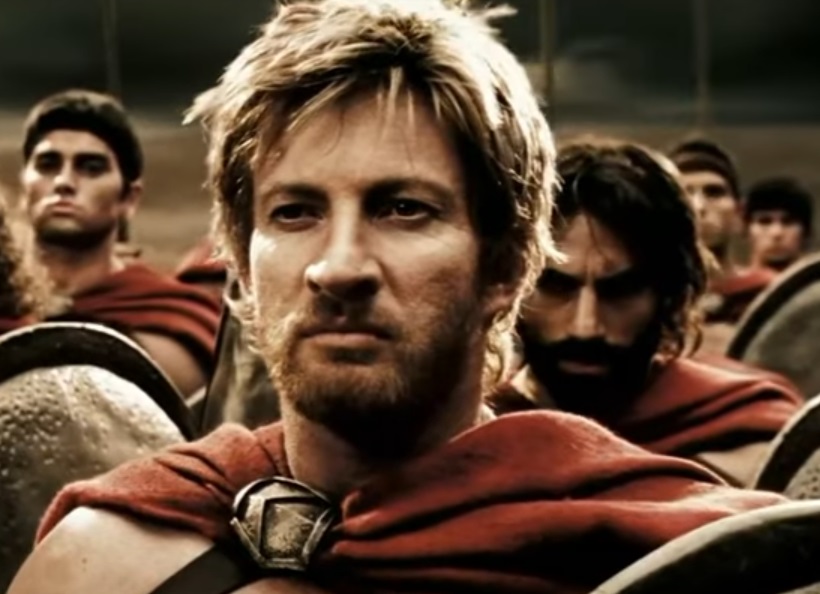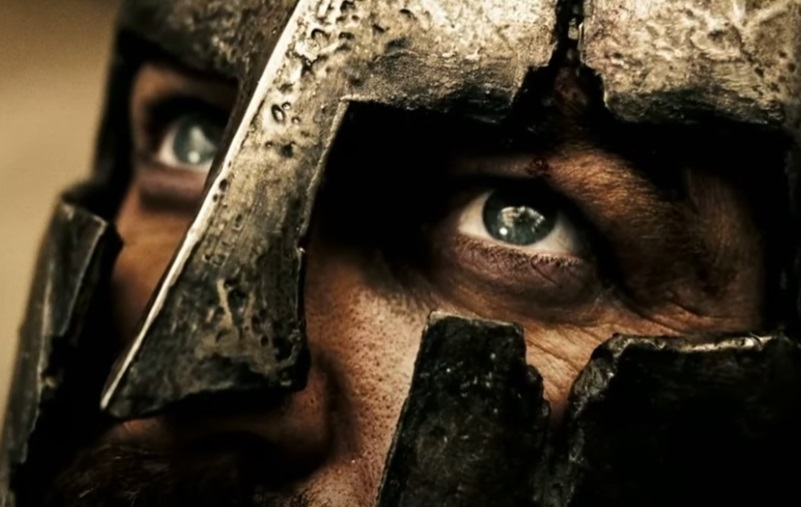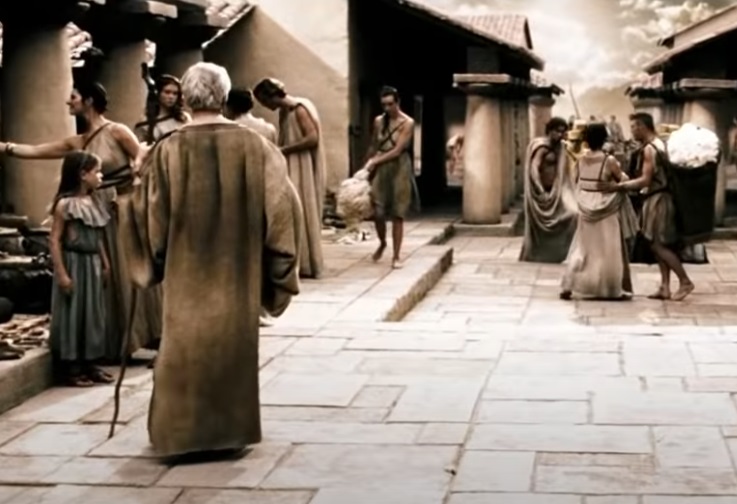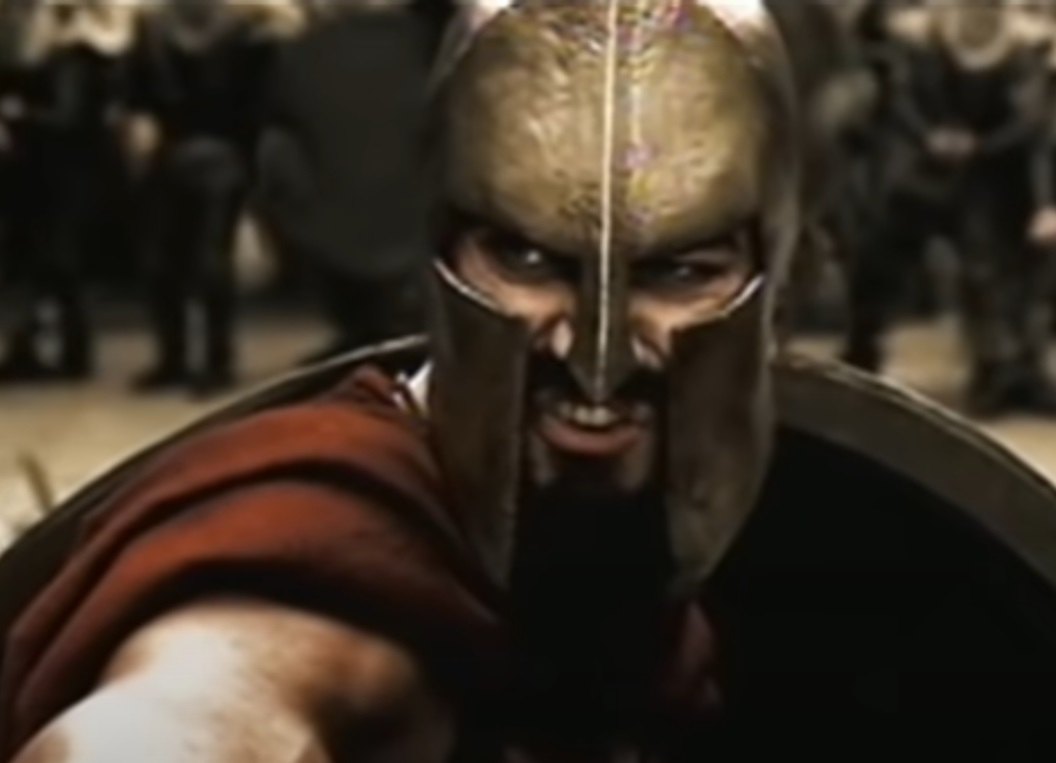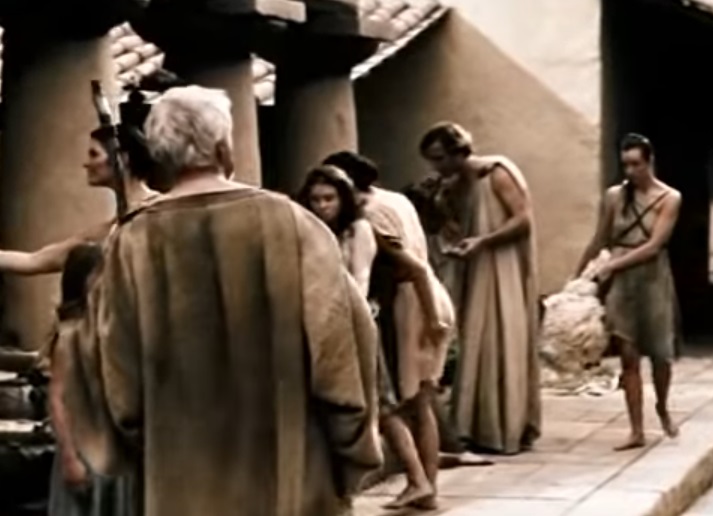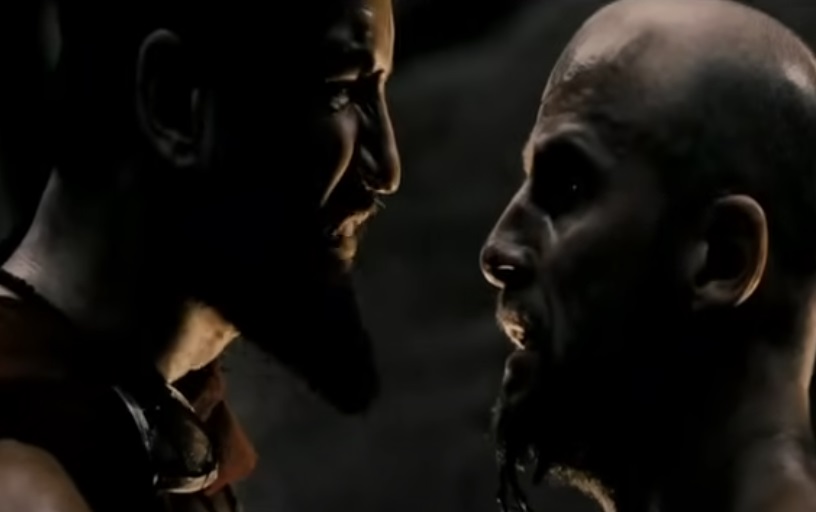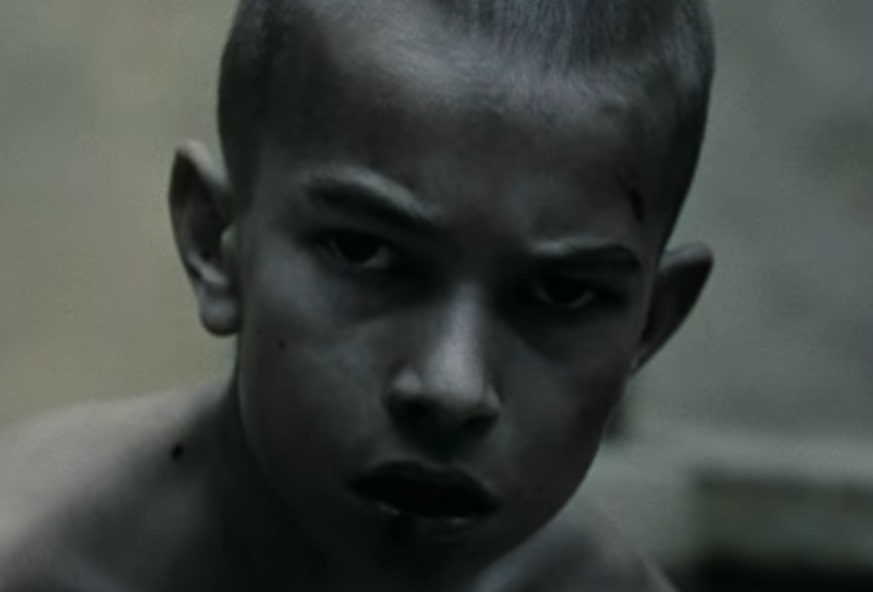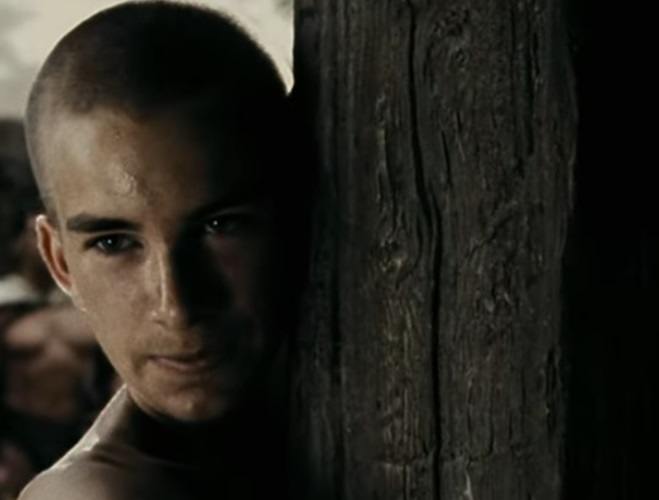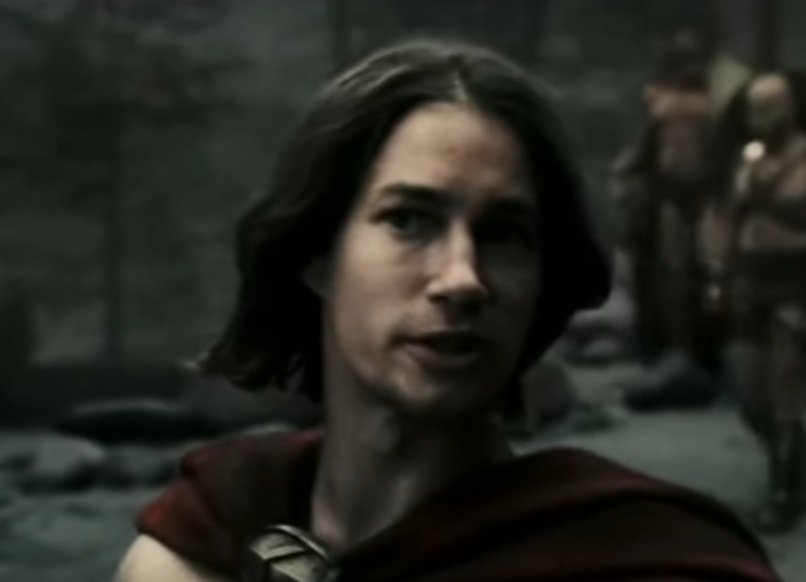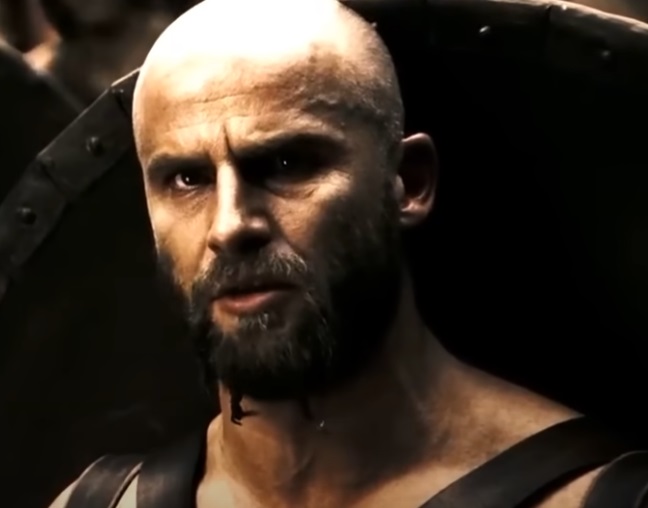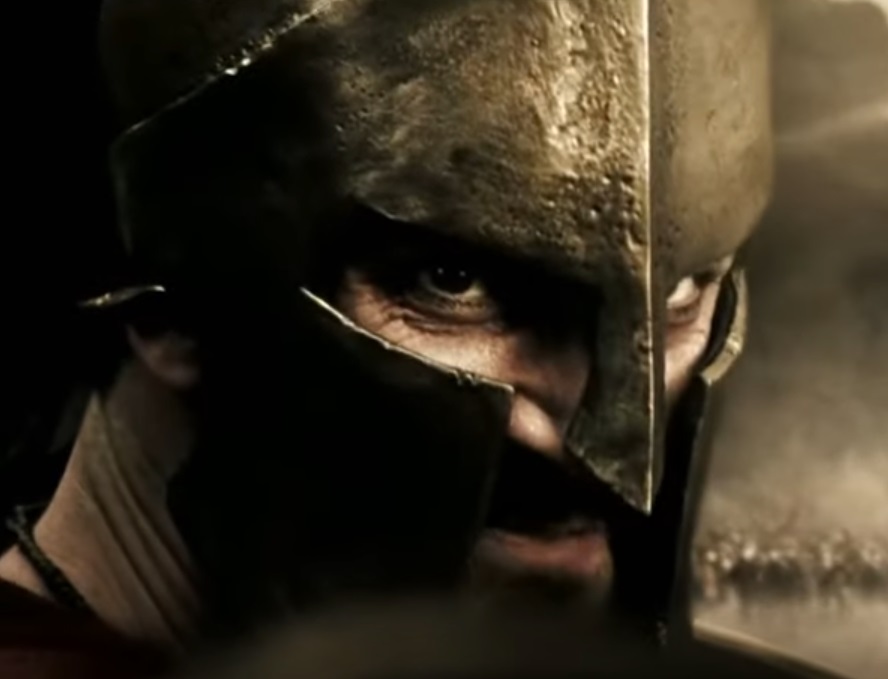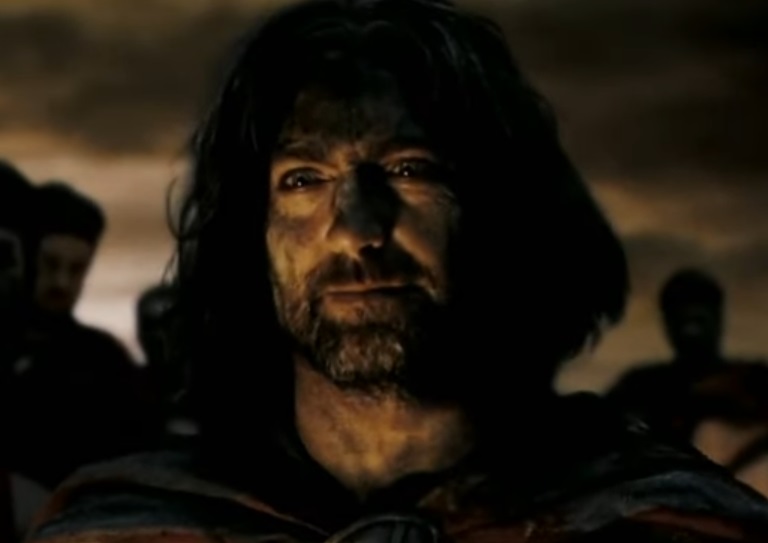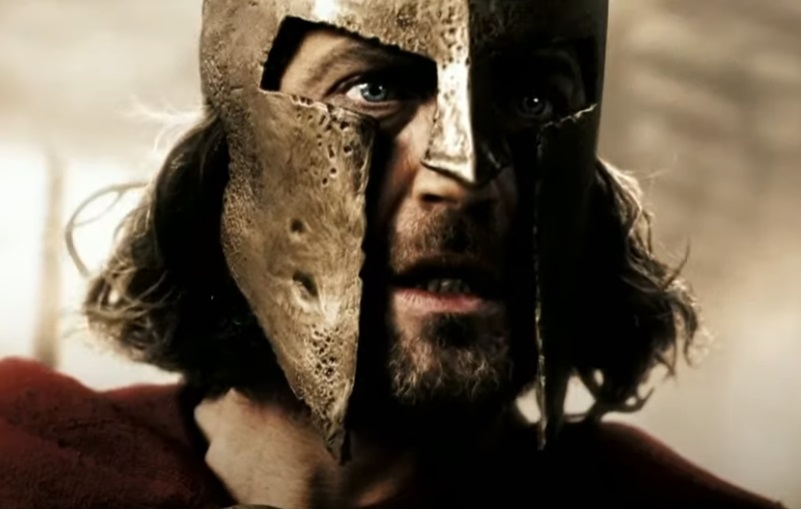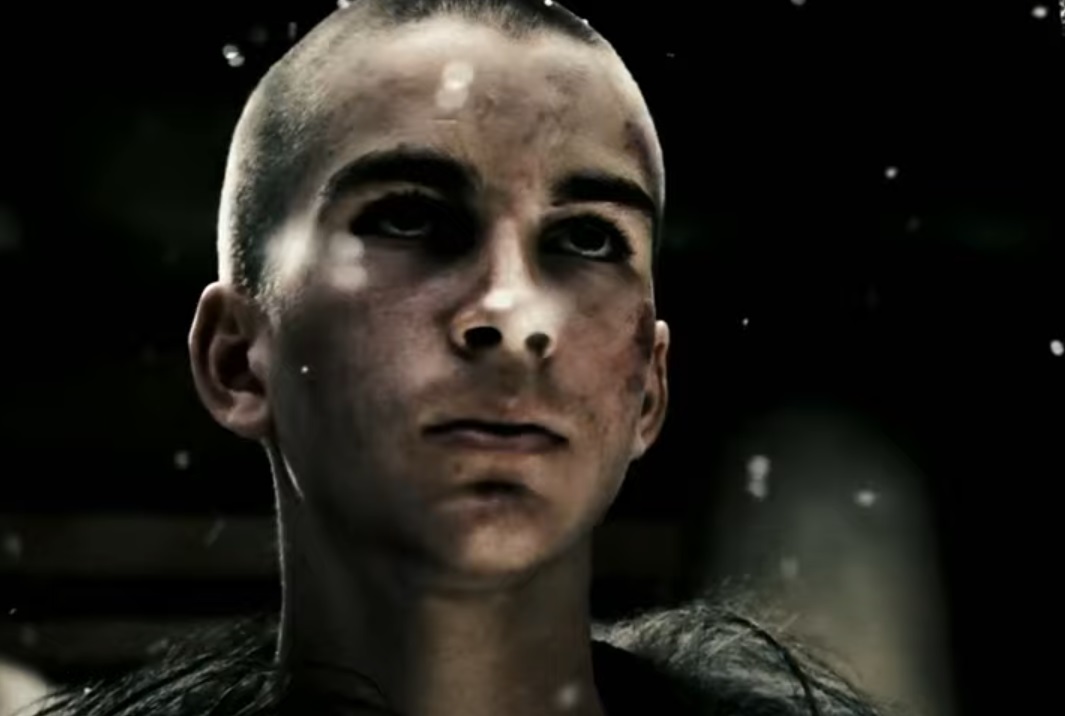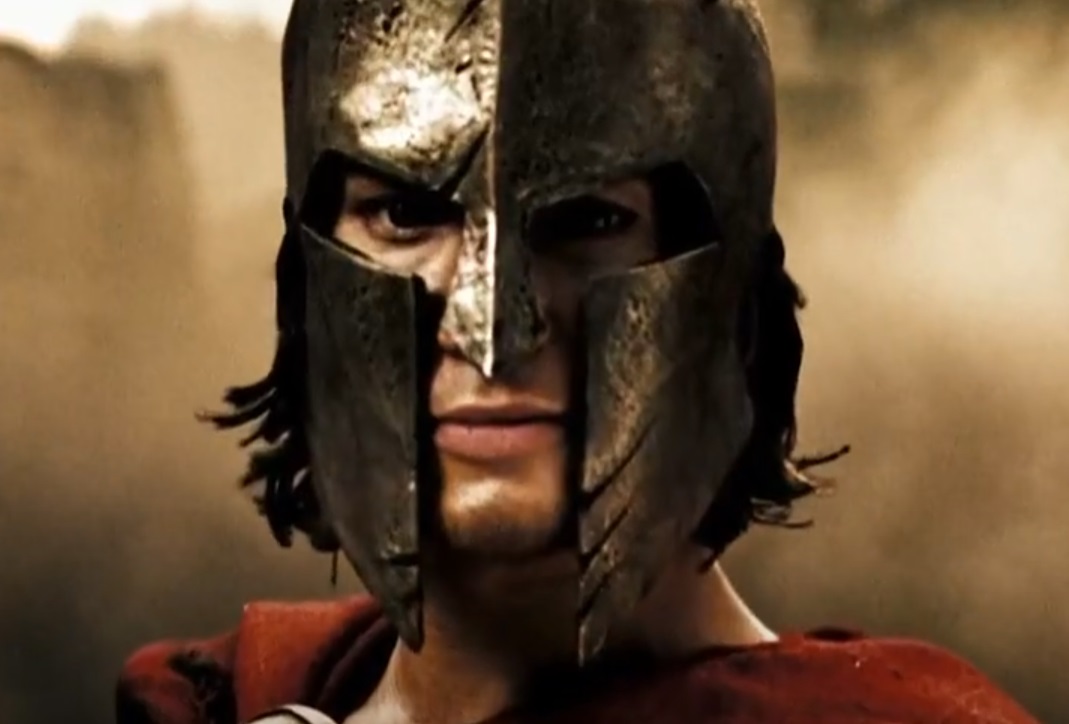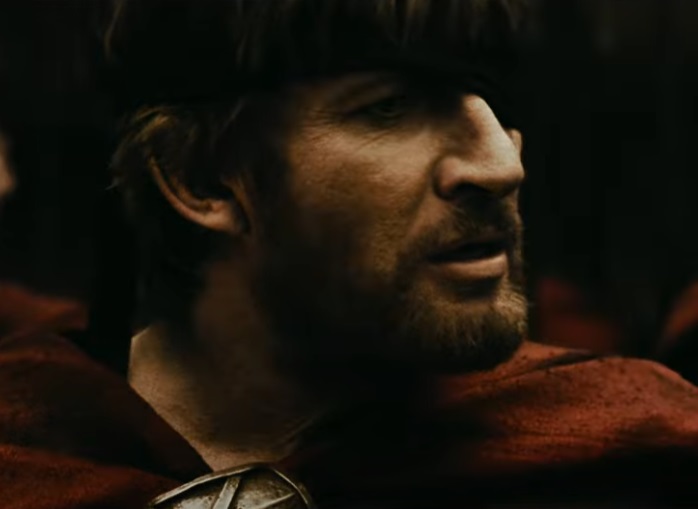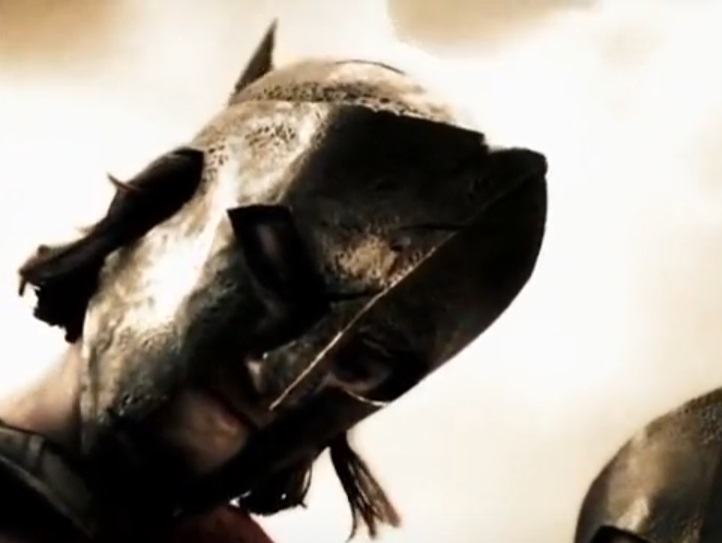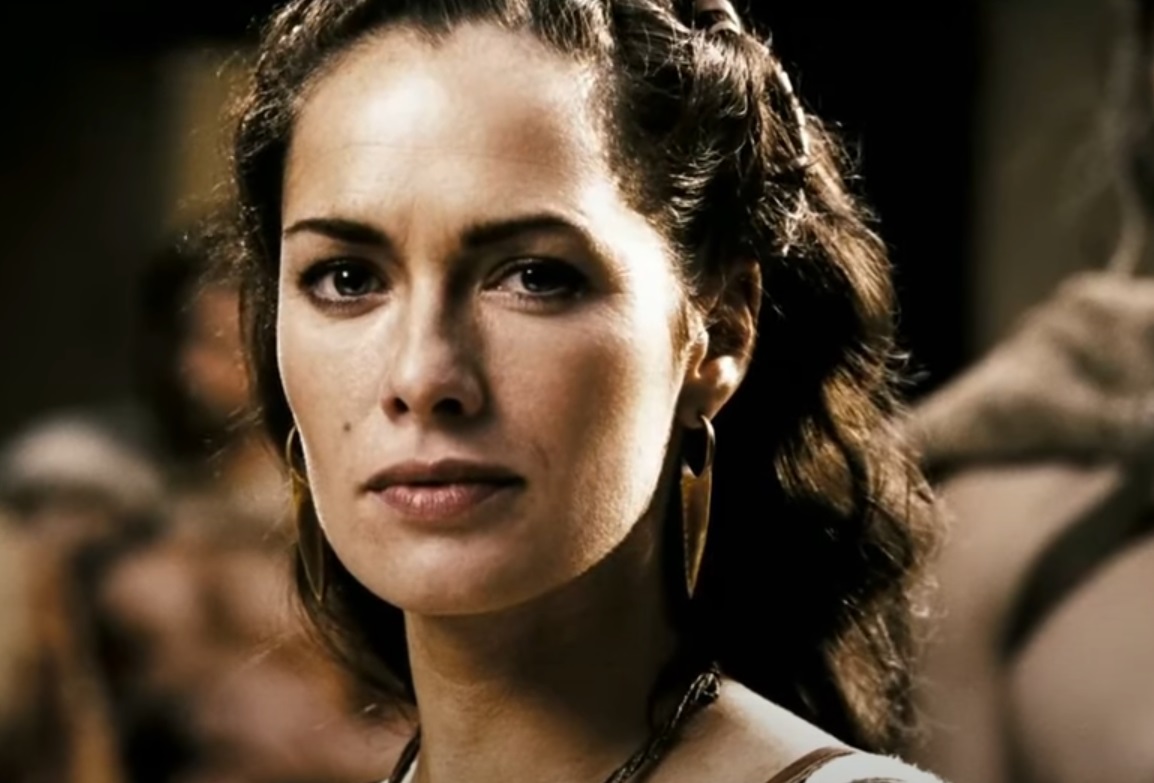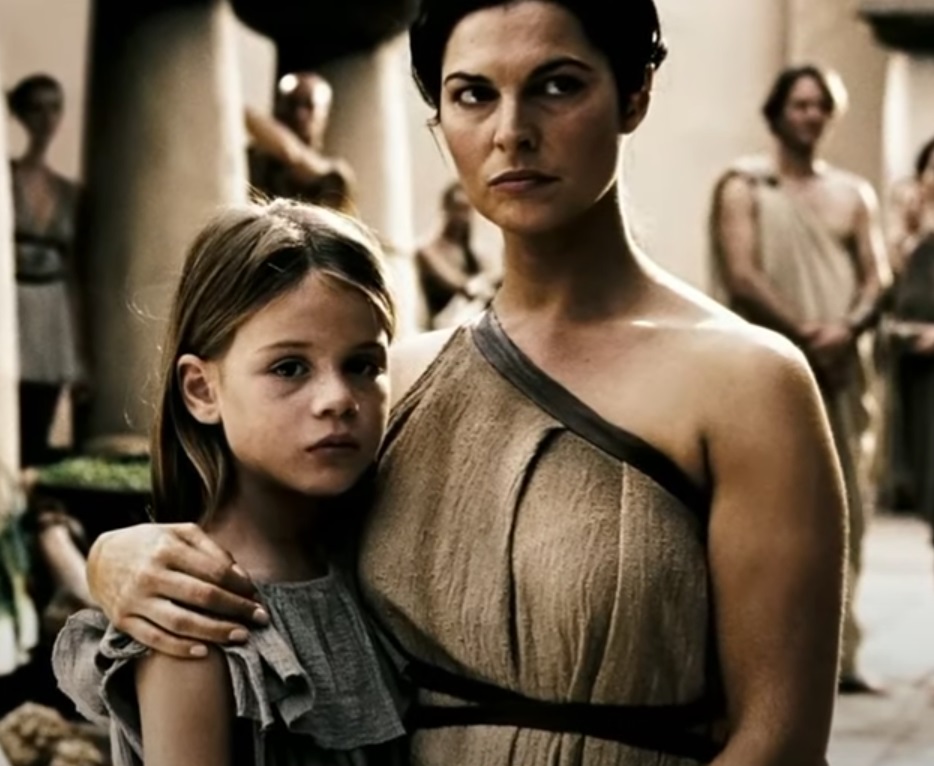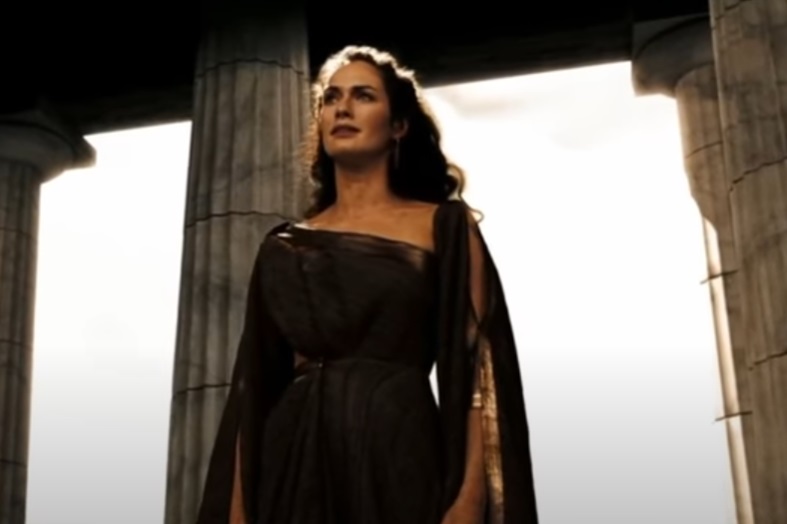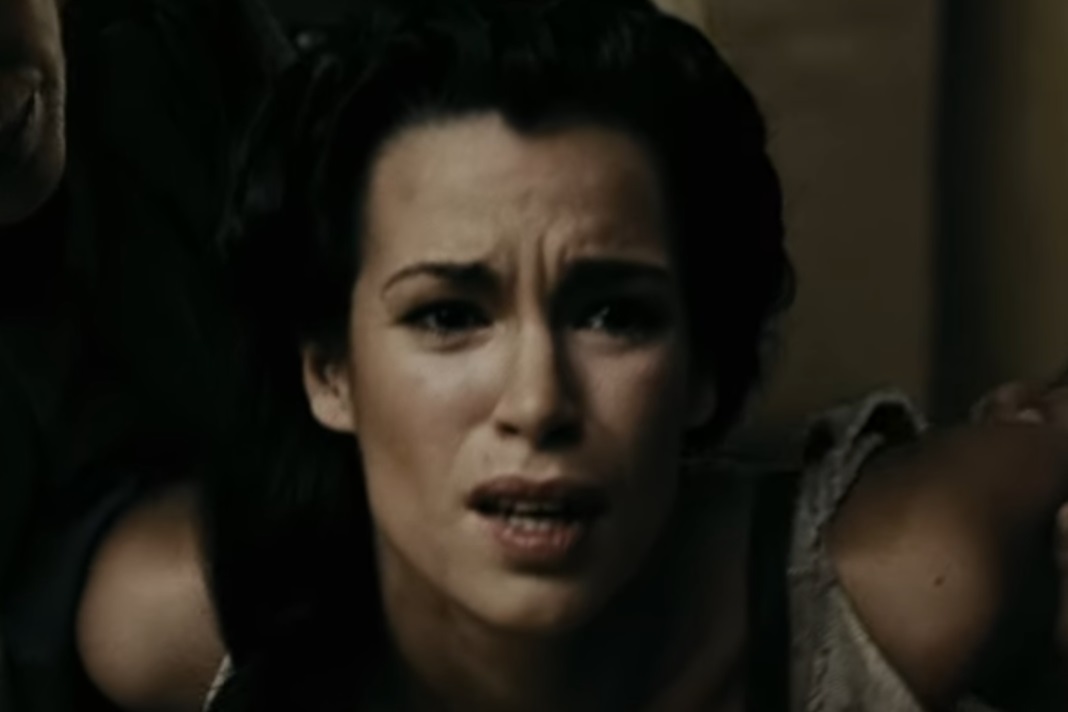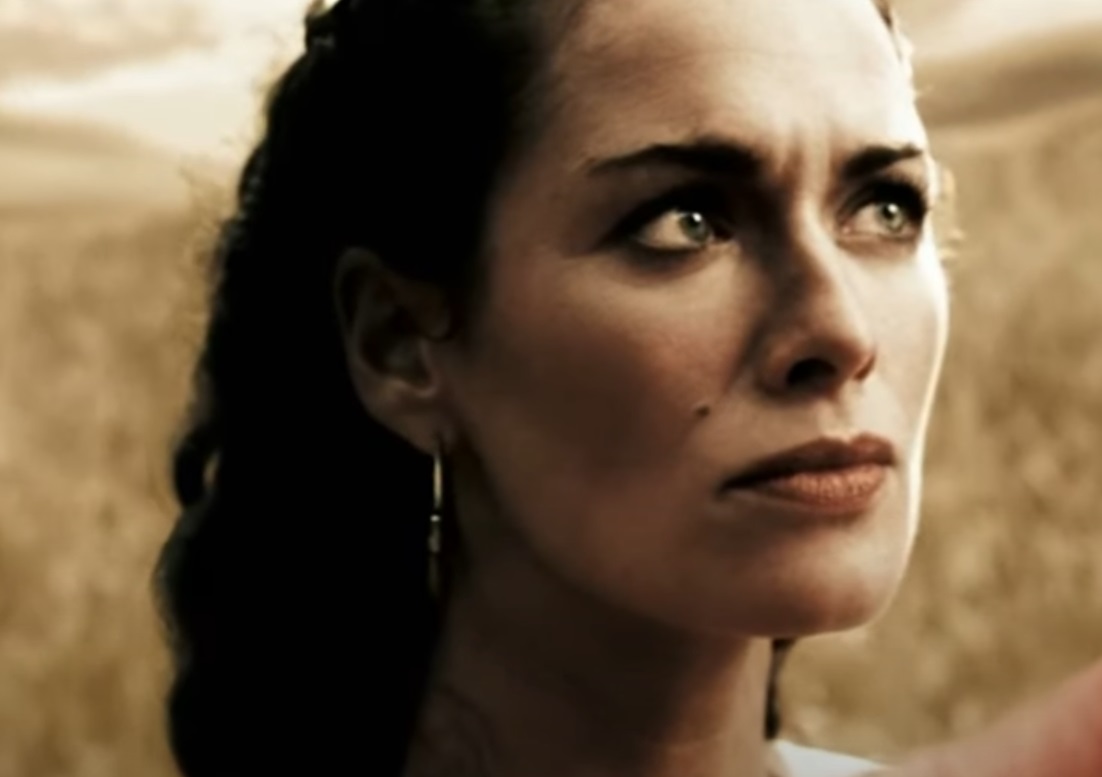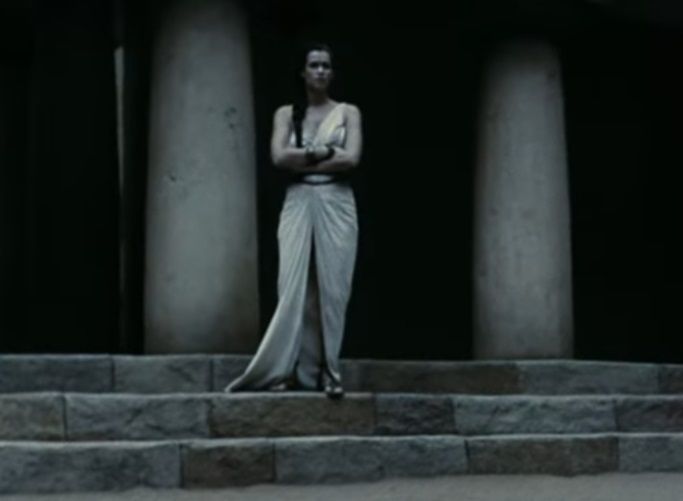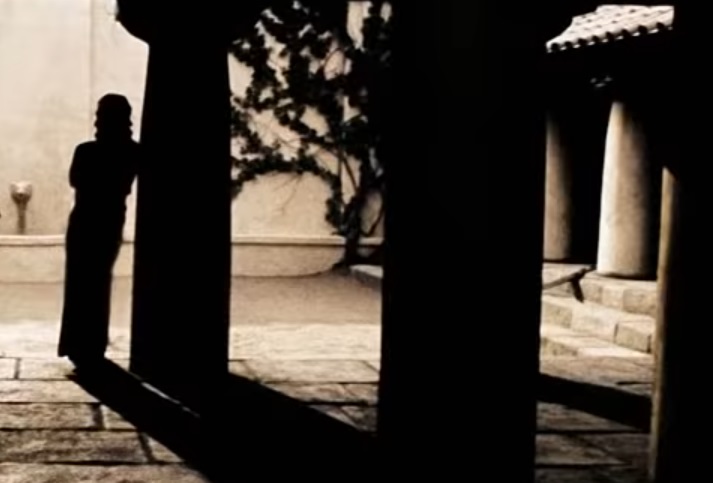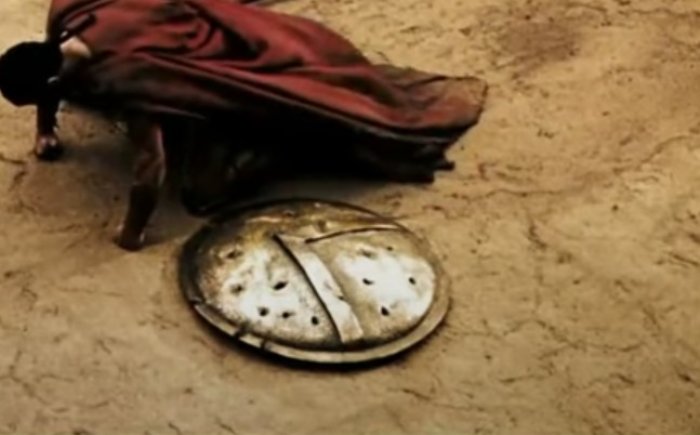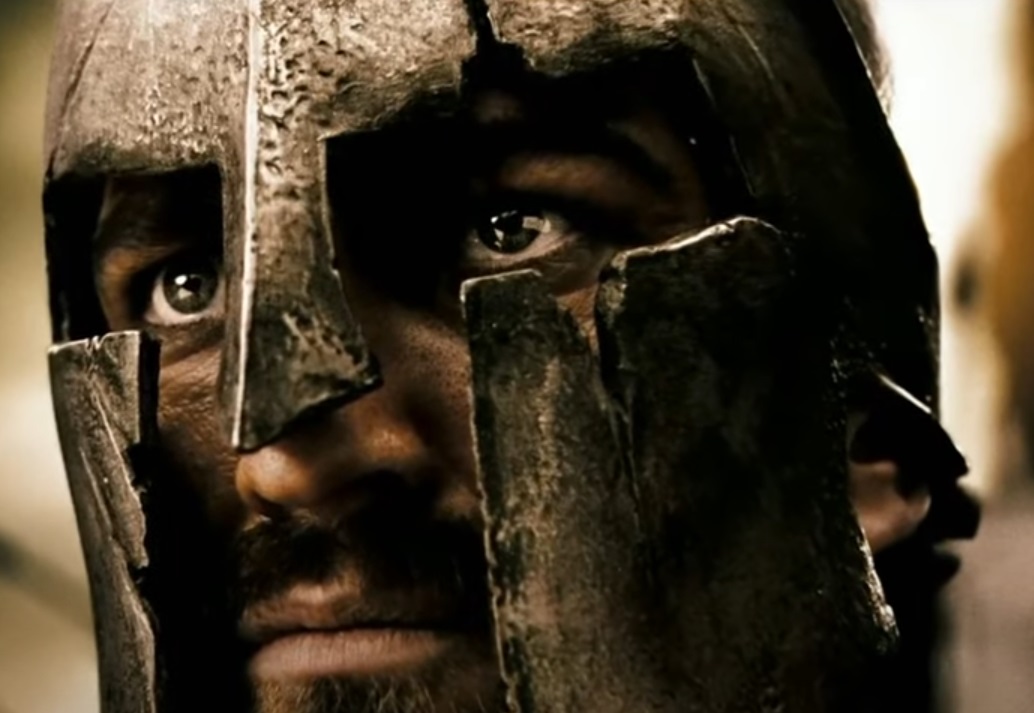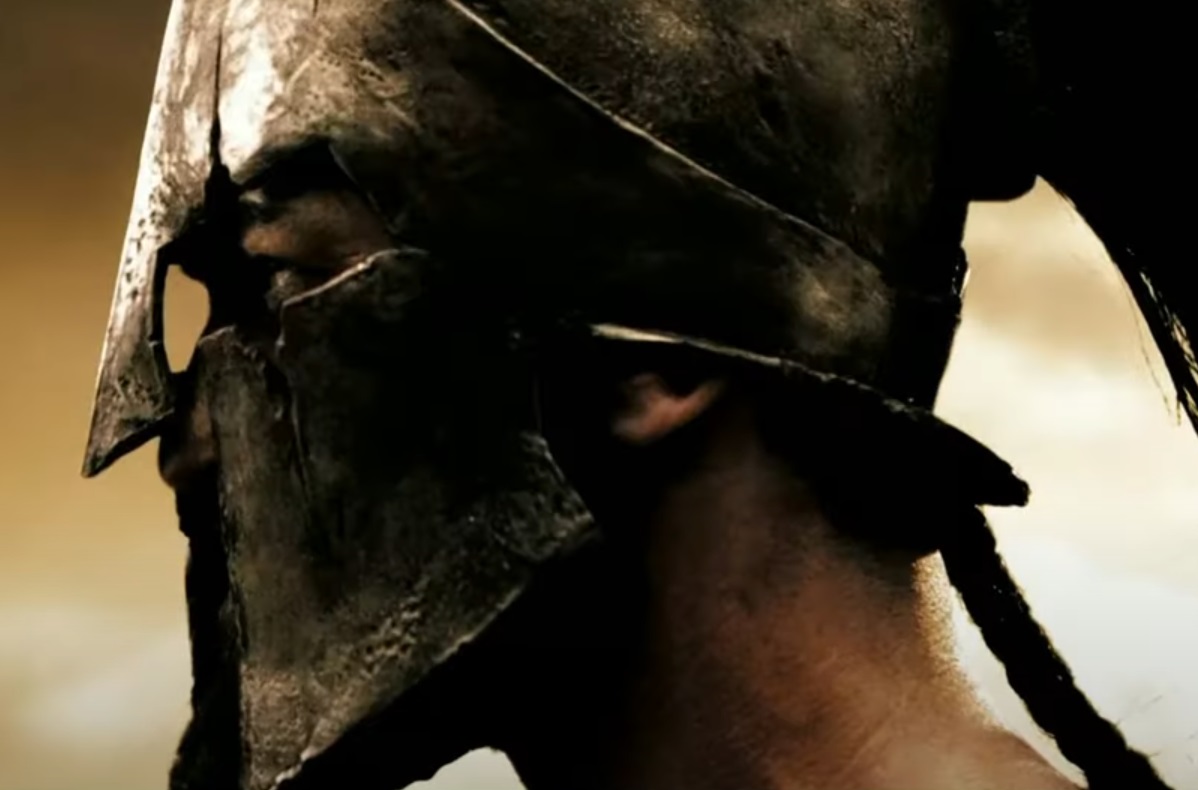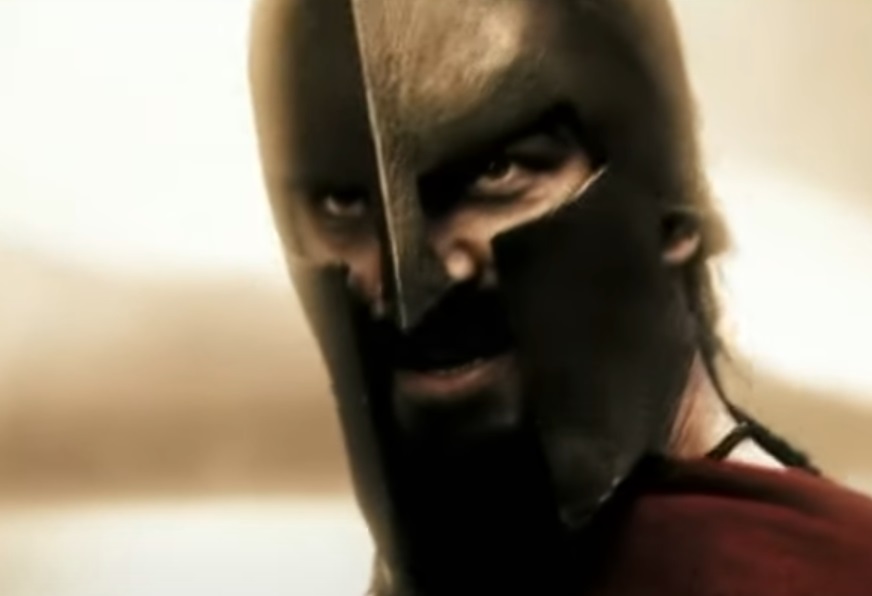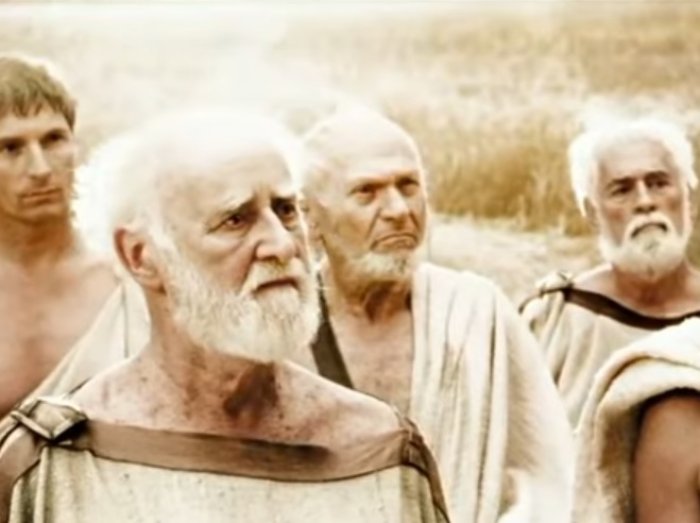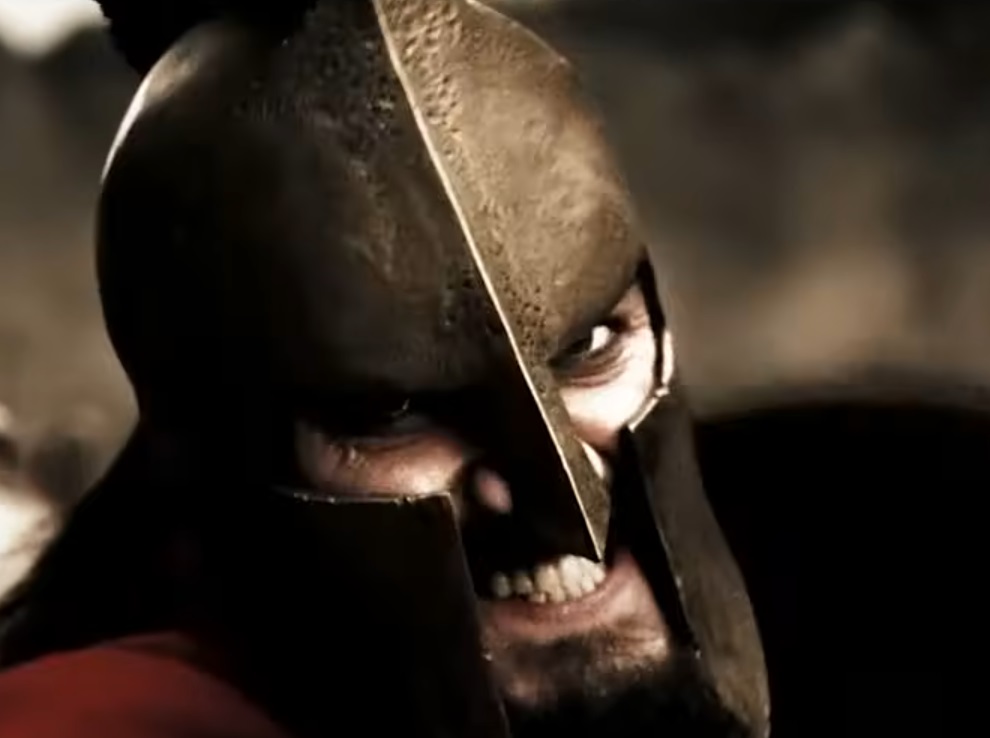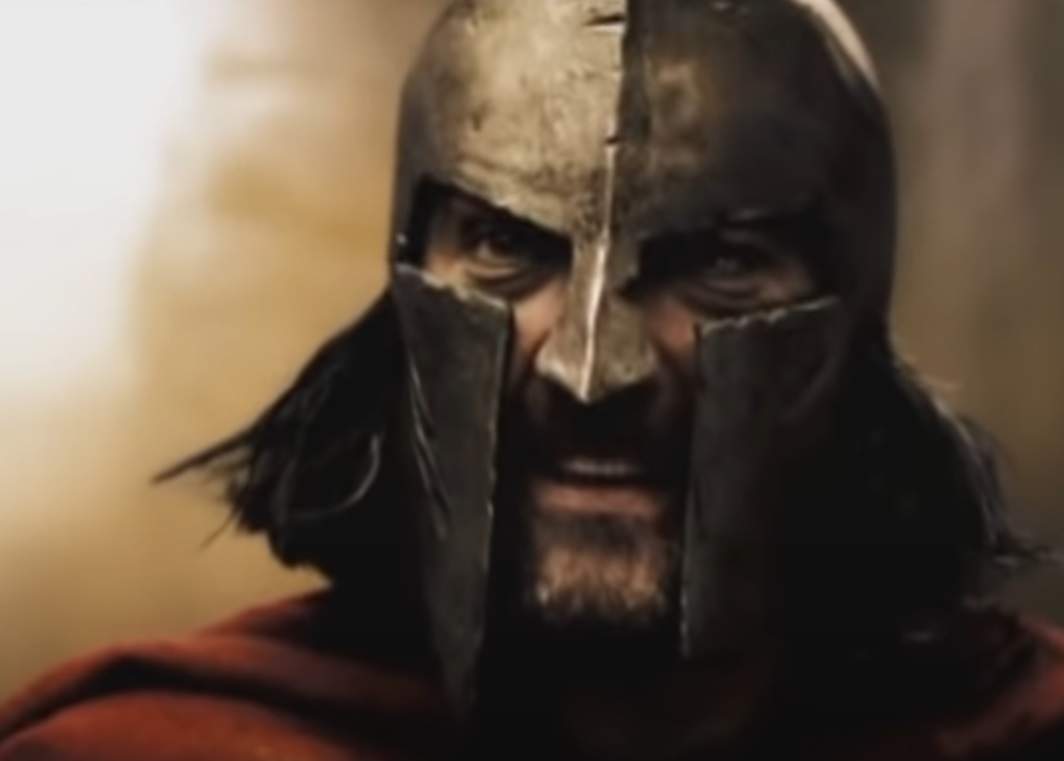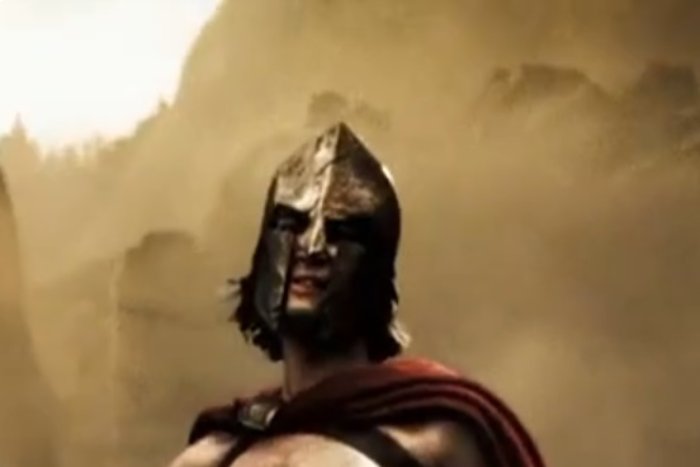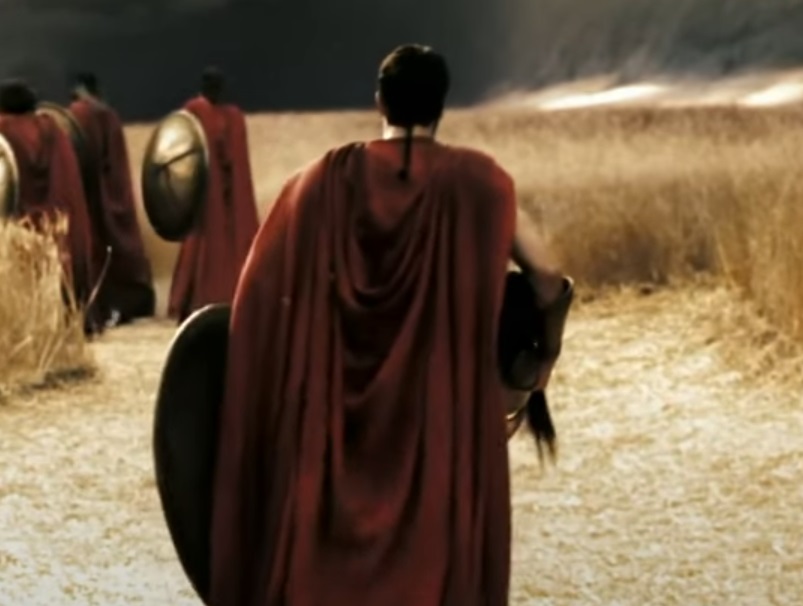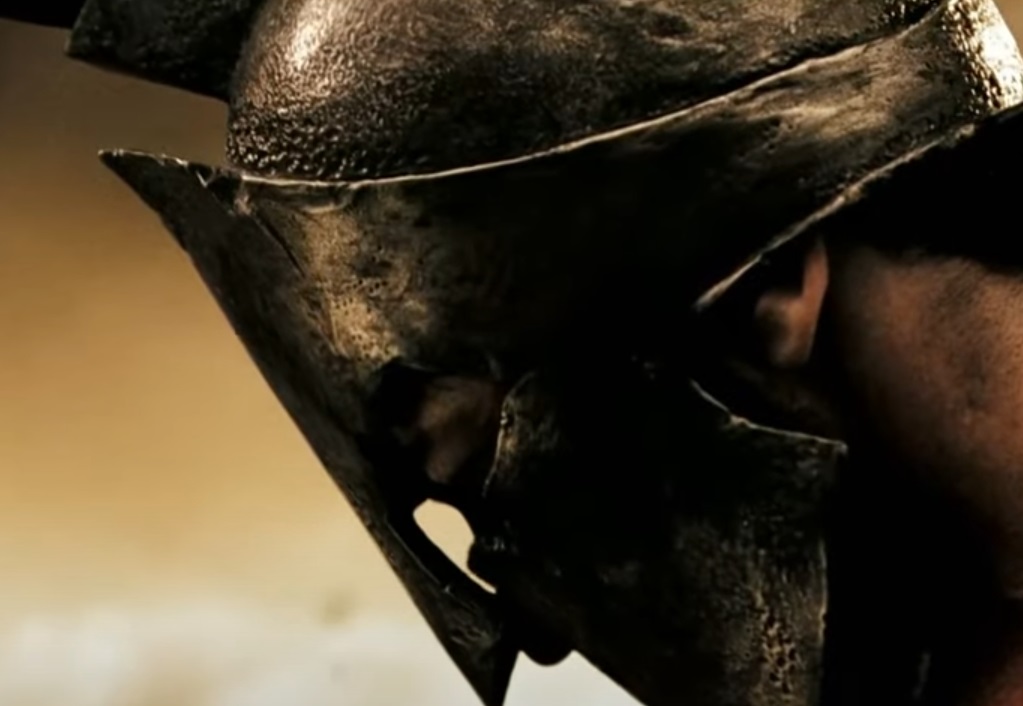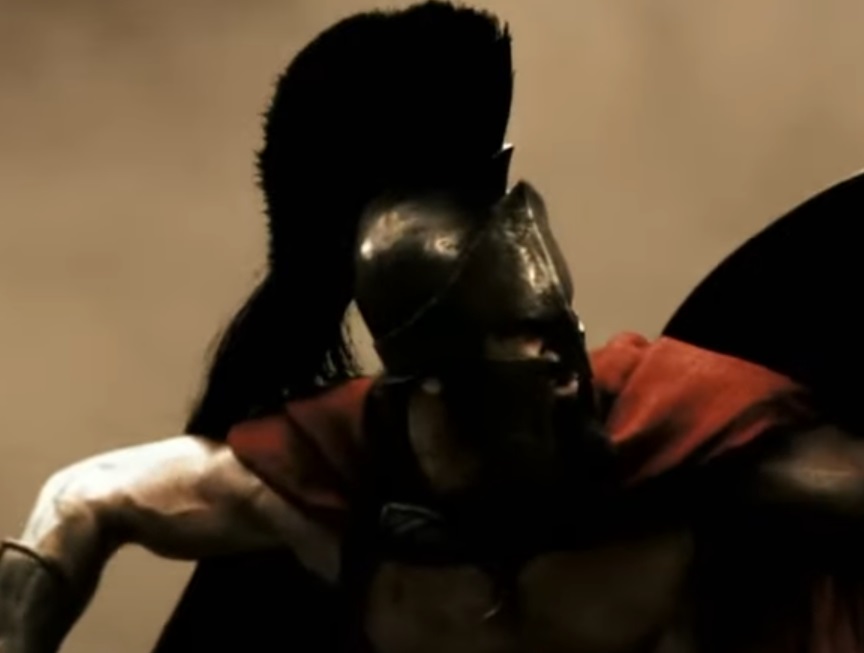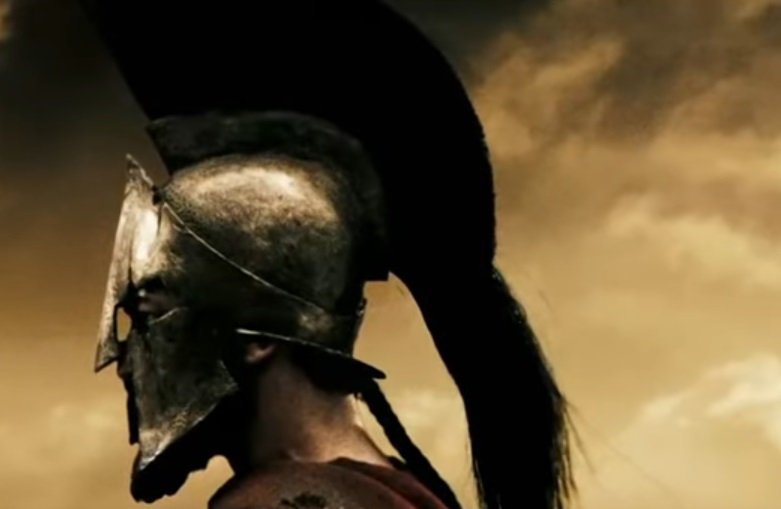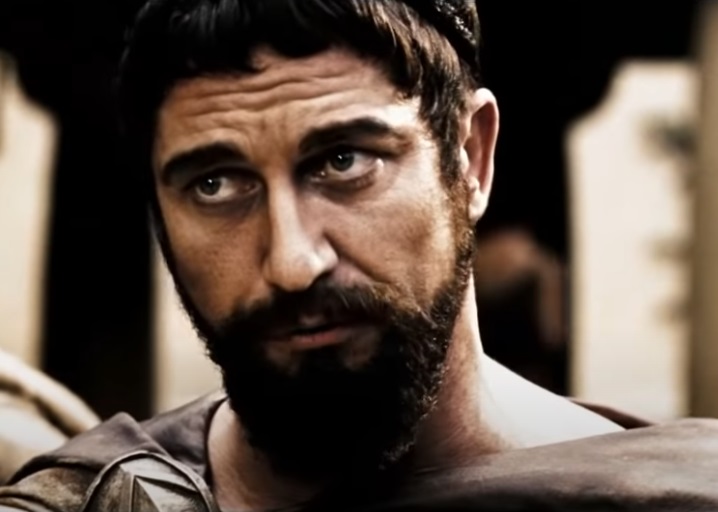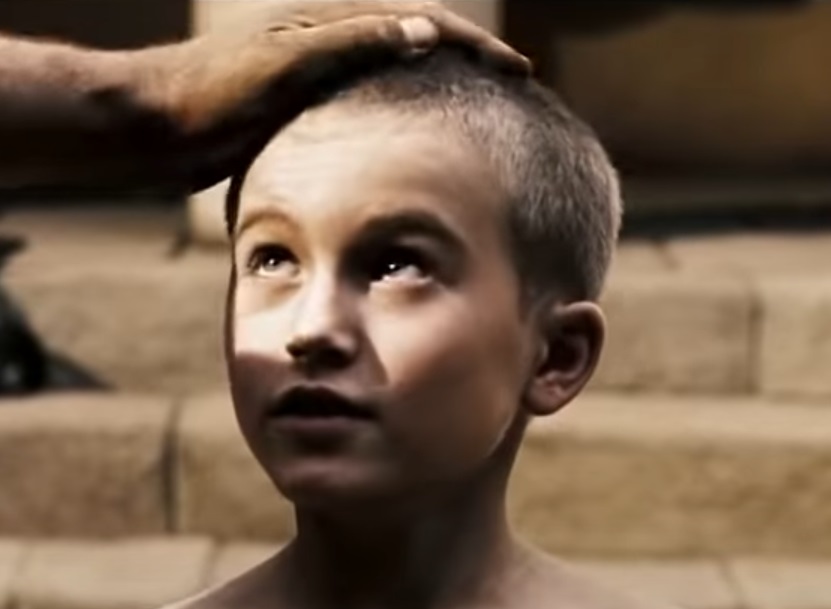The Most Feared Military In The Greek World
The Spartans were the most feared military force in the Greek world, earning legendary status in their wars against Persia—but how they got so powerful is anything but pretty.
Sparta was considered a warrior society, and most of its citizens were trained as such. But a warrior society meant their freedoms had limits, and their expectations were grim.
From torturous training exercises to disturbing marriage rituals, the Spartan empire was darker than you thought.
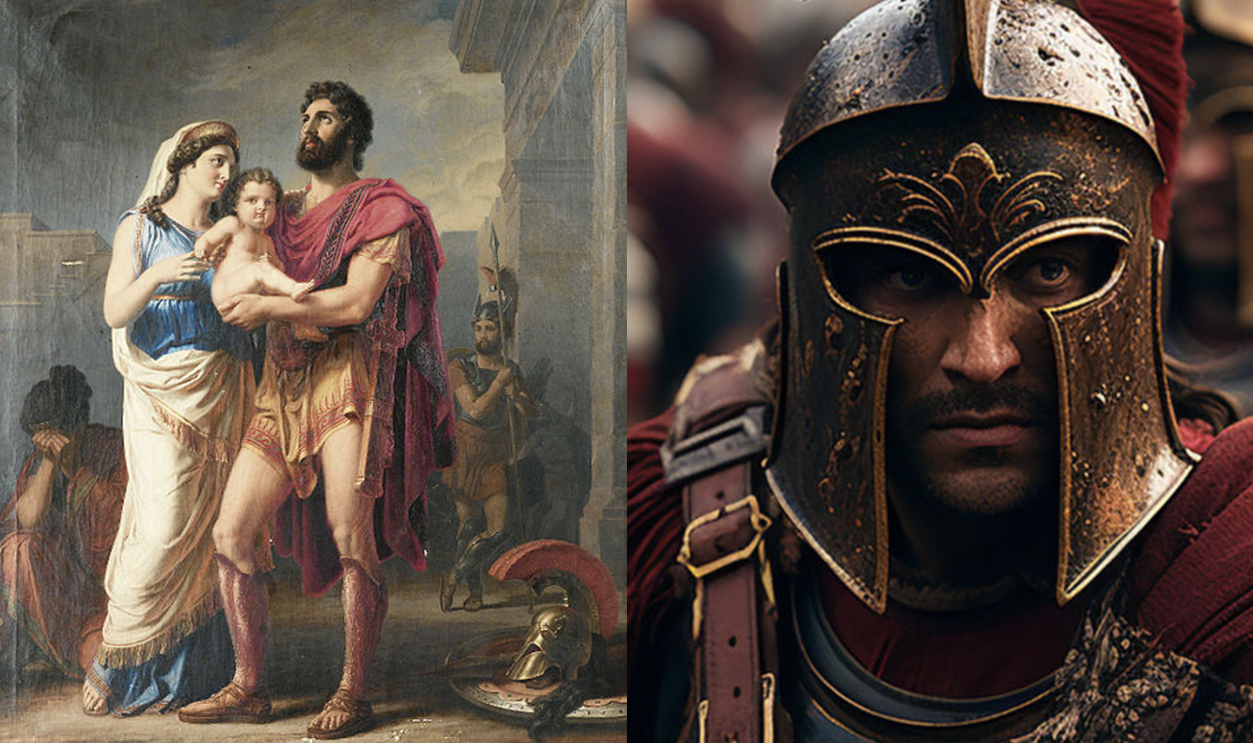

The Legend Of Sparta
Sparta was one of the greatest city-states of ancient Greece, and a long-time rival of Athens. But unlike Athens, which gained power through trade and naval supremacy, Sparta rose through its military.
While Athens was centered around impressive buildings and architecture, Sparta was said to have a “wall of men, instead of bricks".
Spartan Lifestyle
The Spartan lifestyle was totally opposite to that in Athens, where culture was celebrated and opportunities were awarded to their citizens. In Sparta, life was strictly regimented and basic, with absolutely no luxuries.
Spartan Comforts—Or Lack Thereof
Spartans didn’t have nice (or even comfortable) clothing. They dressed in ragged clothes made from course materials. And their meals consisted mostly of porridge and black soup made with pig’s blood.
Sometimes Athenian people would joke that they understood why Spartans were so eager to die in battle.
Armed At All Times
Sparta was actually more of an armed camp than a city. The men were highly armed at all times and they ate their meals together in a large mess hall. Women had specific jobs to do as well, which mostly included child rearing and housekeeping.
Spartans even had strict rules about money.
Spartan Currency
Spartan men were not allowed to own gold or silver. Instead, they used iron bars as a form of money. This was common throughout the Greek world before coins were introduced in the 6th century BC. But in Sparta, few were allowed to use currency at all.
Money wasn’t the only thing strictly governed.
Social Expectations
Since Sparta was a warrior society, the only music they allowed were war songs. The men often danced to these songs with their armor on to increase their strength.
Conversation was also kept to a minimum. In fact, it was expected that people “say little and get to the point".
The main focus in Sparta was battle. Everyone was expected to either be ready for battle, or be preparing for battle—including infants.
The Agoge Regime
Healthy babies were then given a set amount of time to “mature” at home before they were considered ready for training—but it’s not as long as you may think.
Spartan boys were taken from their mothers at the ripe age of seven. They were then moved into barracks with groups of other boys and taught to be men. This specific training was referred to as the agoge regime—which involved various types of rigorous military training.
This began with bullying and ridicule from older boys—and it was brutal.
Warrior Training Rituals
They newly joined boys were forced to play brutal games led by older boys, as a type of initiation—often, this included walking barefoot in the winter (the ENTIRE winter). And they were ritually beaten in a temple devoted to the goddess of the hunt. The boys were taught to willingly accept the torturous rituals as it was seen as honorable.
That’s not even the half of it.
Spartan “Companies”
These groups were referred to as “companies,” and it’s where the boys studied and trained together. The boy who excelled in judgment and was said to be “most courageous,” was made captain of the company.
But the training was no easy feat.
Spartan Survival Techniques
Spartan training was mostly in the form of physical drills and martial arts. But cruel and torturous exercises were common, too. For example, the boys were regularly left hungry and forced to resort to stealing food—the desperation would teach them to develop shrewdness and resourcefulness.
However, it was more than just an exercise in survival—it was a test.
The Starvation Exercise
Stealing food was essentially a test. The boys were given only enough food to keep them alive. If they wanted more, they had to steal it. But they had to do so carefully.
If they were caught, they were “whipped,” but if they were stealthy enough to get away with it, the wardens figured they were worthy of a second course.
That’s not all they got “whipped” for, either.
Enduring Hardship
In fact, “whipping” was said to play an important role in Spartan boys' upbringing. Physical punishment was said to teach them how to endure hardship. Their strict disciplines emphasized survival training, overcoming obstacles, and fending for themselves in hostile territory—which is why they were usually left with minimal clothing, not enough food, and often abandoned without shelter.
Those who did well were made leaders.
Training Groups
In the agoge regime, the boys were split into three age groups: 7-12, 12-20, and 20-30. Each group was trained to be intensely competitive and they were encouraged to use violence against each other.
At various stages, they were trained in pain tolerance, hunting, dancing, singing, and rhetoric—the art of persuasion. But there’s one thing that took a back seat when it came to training.
Spartan Education
When it came to academics, the Spartan boys were taught very little. They learned basic reading skills, only as a necessity. Everything else was strictly forbidden from the education system. Since they were trained to obey without delay, traditional education was seen as something that would make them weak.
To avoid the temptation for knowledge, Spartan boys were strictly kept from any form of structured education.
Spartan Adults
By the time Spartan boys reached 18, they were trained in combat. When they turned 20, they were considered adults and moved into a permanent barrack-style living quarters where they would live and dine with a large group of other men. And although they could marry any time now, they were required to continue living with men.
Spartan training strongly cultivated loyalty—but sometimes in questionable ways.
Complicated Relationships
Relationships among the men were complicated. It is widely believed that many of the men would commit violence against each other, including various forms of forced intimacy.
At times, it was to establish dominance—but the act wasn’t always forced.
Spartan Preferences
Laying with other men was actually quite common in ancient Sparta. It is said that these intimate relations created strong emotional bonds with one another—helping them stay united on the battlefield, thus making them “better warriors".
Perhaps there was some underlying motivation behind their choice of living arrangements after all.
Emotions Are Still Weak
While a close physical relationship among warriors was a common thing in the Greek world back then, it is believed that Spartans placed more significance on talent and skill than on emotional baggage.
All in all, Spartan warriors were loyal, fierce, and unforgiving—and they were expected to remember that.
Spartan Power
And they did. Spartan warriors took their job very seriously. At the height of Sparta's power—between the 6th and 4th centuries BC—other Greeks commonly accepted that "one Spartan was worth several men of any other state".
Their manpower was unmatched, and they believed their strict—and sometimes unusual—training methods played a huge role in this success.
The Black Broth
Spartan training involved various interesting methods, one being the question period that followed their very simple (and gross) meals.
Nearly every meal consisted of “black broth,” made from blood, salt, and vinegar. Each man was given a small portion, and it was considered the highlight of the meal as it was the closest thing they would get to meat.
If a man wanted real meat, he would have to hunt it himself.
Spartan Hunting
If a Spartan man was able to successfully take down a deer, he had to share it—but he was also allowed to take a bit home for a second course. This was actually the only time a Spartan could eat at home—anything else was strictly forbidden.
But when supper was over, an under-master would sit down and engage with the warriors—as a test for both himself, and the others.
The Post-Meal Question Period
The under-master was required to ask the trainees a series of questions, such as “who is the best man in the city?” The men were expected to provide quick and clever answers, supporting them with reasons.
If the answer didn’t meet expectations, they were punished—in a very weird way.
Wrong Answers
Anyone who gave a “weak” answer was bit on the thumb. That’s right, the under-master would chomp down on the warrior’s digit as a consequence for not giving a good enough answer to his ridiculous questions.
But that’s not the only person who got in trouble.
A Fine Line Between Right And Wrong
After the question period wrapped up, the under-master was then taken out back and evaluated on his questioning skills. If his masters felt he was either too strict or too kind, he was beaten.
The line between doing a good job and doing a poor job was thin, and the under-master often paid the price.
This wasn’t the only brutal way of teaching, though.
The Diamastigosis Festival
The Spartans had an annual festival called the “Diamastigosis”—which was a brutal public display. In this one, the boys were taken in front of a large crowd and whipped until they couldn’t stand it anymore.
While it may sound like torture, Spartans believed it to be a great honor, and would actually—and eagerly—volunteer for a spot.
Proving Their Worth
The boys, of various ages, wanted nothing more than to prove that they could withstand the brutal treatment for longer than any other person.
Actually, this festival became a spectacle, drawing in Roman vacationers wanting to watch the horrific torture as entertainment. They even profited from the event by selling tickets and merchandise.
And sadly, it wasn’t the only harrowing event.
The Cheese Grab
Another event at this festival involved a block of cheese that was placed upon an altar to the god Artemis. They would then have a group of starved trainees who they would set free. The desperately hungry men would fight each other in a battle to grab as much cheese as they could get their hands on.
But their challenge wasn’t only with each other.
Don’t Forget To Smile
This may come with no surprise, but during the cheese grab, the starving young men were also whipped and beaten by the older men—sometimes to their demise.
Not only that, they were expected to smile and keep strong faces as they maimed each other while fighting for crumbs of cheese—and with crowds of people watching and cheering.
Could their life have been any more horrific? Well, that was only the first three decades. There’s more.
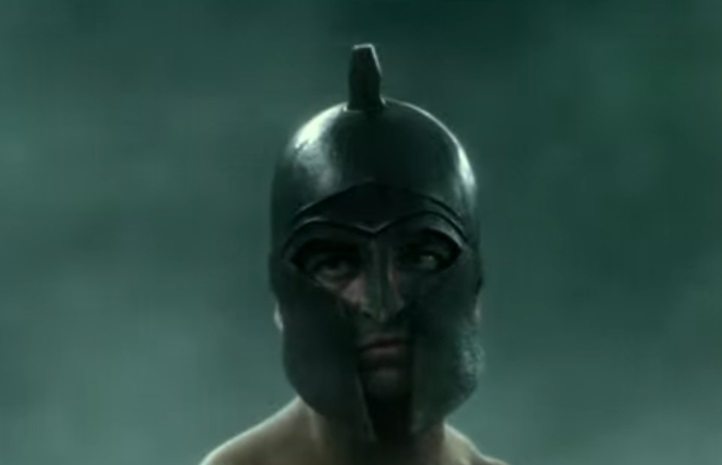 Warner Bros., 300: Rise of an Empire (2014)
Warner Bros., 300: Rise of an Empire (2014)
Official Spartan Citizenship
Age 30 is when things would change once again for Spartan men. At this age, they were elected to citizenship—as long as they met three conditions: they had to have been born a Spartan, fulfilled the required training, and participated in the dining groups.
If all conditions were met, these men would become Spartan citizens—in the fullest sense of the word.
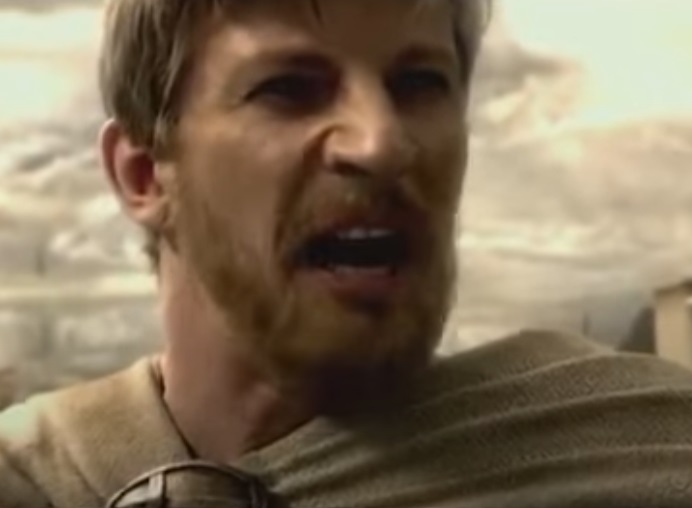 Warner Bros., 300: Rise of an Empire (2014)
Warner Bros., 300: Rise of an Empire (2014)
30 And Thriving
And while most of these men had wives and children by this age, they were still required to live among their male counterparts.
So, what really changed for them, then? Well, their training had ended, meaning they were no longer starved, beaten and abandoned. They were now official warriors, and their job was to protect.
Spartan Girls
Spartan girls, on the other hand, had things a bit easier. They were educated by the state and their main life goal was to have children, particularly young soldiers-in-waiting. Because of this, they were treated well—well nourished (unlike the boys), and encouraged to exercise. Actually, they were supposed to remain nearly as fit as a Spartan man.
Spartan women were said to have more freedom and rights than other Greek women of the time.
It’s A Woman’s World
Spartan women were considered of high importance, so much so, that a Spartan marriage was matrilocal—a custom whereby the husband lives with the wife’s community.
This means the Spartan community belonged to the women, and the men served for their wellbeing.
The Woman’s Purpose
Spartan women were also almost as tough as men. But much like the men, their lifestyle regime had a purpose.
They exercised regularly and trained in various sports that were said to help them “undergo the pains of childbearing”—since that was their life mission.
But they also took part in some weird dancing rituals as well.
Spartan Competitions
Spartan women held competitions where they would perform “gymnastics” routines for groups of men, while completely unclothed. Sometimes, this even included wrestling.
Most of these events required women to be pure—which is why much of their sports involvement was over when they turned 18 and got married.
Spartan Marriage
In Sparta, marriage was a peculiar event. It didn’t include a special ceremony, like in Athens. Instead, the Spartan women would be willfully captured by their grooms and taken away to a faraway cabin in the middle of a dark night.
And while this may sound exciting to some, it gets weirder.
Consummating The Marriage
During this marriage ritual, the woman was dressed in men’s clothing. They even cut her hair short—or even shaved—to resemble a man.
Then, she was laid down on a bed of pallets and the groom would lay with her. When he was finished, he would simply get up, put his pants back on, and return to his barracks to sleep with the other men, while his bride wandered home alone.
It’s obvious that there was a huge lack of intimacy among Spartan men and women.
 Warner Bros., 300: Rise of an Empire (2014)
Warner Bros., 300: Rise of an Empire (2014)
The Purpose Of Marriage
For Spartans, marriage served only one purpose: to produce children. There were no religious activities, no dowries, and barely even any attraction.
As mentioned earlier, the men oftentimes had more interest in each other—and apparently, so did the women.
Intimacy between men and women was primarily for reproduction.
So, how did they choose their spouse?
Spartan Spouses
The men were allowed to marry whenever they wanted to. There was no set age, however many of them were in their early twenties—when they were believed to be of a “prime” age for physical health. This was to ensure “excellent offspring".
But childless men and women were not well received—and measures would be taken to ensure they reproduced.
 Warner Bros., 300: Rise of an Empire (2014)
Warner Bros., 300: Rise of an Empire (2014)
Childless Spartans
If a married Spartan woman was childless, the government would force her to find another man who could do a better job at impregnating her.
Similarly, a childless man could request another man’s wife if she had previously borne “strong” children.
But if an older Spartan man wanted more children with his wife, he would make a careful decision—one that the wife had little choice in.
 Warner Bros., 300: Rise of an Empire (2014)
Warner Bros., 300: Rise of an Empire (2014)
Prime Meat Only
If an older man wanted more children, he would choose another man who is in his prime to lay with his wife instead, once again ensuring ideal offspring.
Unfortunately, this sometimes led to something the modern world might consider disturbing.
Keeping It In The Family
Many Spartan children were products of inbreeding. Spartan King Leonidas, the main character in the film 300, was the product of an uncle-niece marriage—his wife Gorgo, being the daughter of his half-brother, was also his niece.
As like many historical cultures, this happened often when they wanted to keep a strong bloodline.
Spartan society took their reputations very seriously—sometimes a little too seriously.
The Greatest Honor
In Sparta, strength was admired and weakness was despised. The greatest virtue was bravery and the greatest honor was to die in battle.
In fact, the worst crime for a Spartan was to flee from battle. They had to return victorious or dead.
They even had a motto drilled into them—and it was grim.
 Warner Bros., 300: Rise of an Empire (2014)
Warner Bros., 300: Rise of an Empire (2014)
The Shield
Mothers would give their sons a shield and tell them, “Bring back this shield or be brought back on it”—a reference to how fallen warriors were brought home. If a warrior still had his shield, he was considered victorious.
But even for young men who were literally bred for battle, this sort of pressure was too much.
Fallen Spartan Warriors
Greek historians have described how soldiers lost in battle were celebrated while the men who survived often looked “depressed". Men who returned from battle were ostracized if they were seen smiling afterward. Actually, one mother took her own son’s life as a result.
They actually would prefer you to die with honor than to return to fight another day. Because of this, many surviving warriors resorted to unthinkable acts to save face.
Surviving Defeat
After the Battle of Thermopylae—when the Persians defeated the Spartans—the only two surviving warriors were so humiliated that they took their own lives on their way back to Sparta.
Spartan warriors were taught to fear failure. There’s one old Spartan tale that depicts how serious this was—and it's gruesome.
The Spartan And The Fox
The story of the Spartan and the fox is said to be a true tale about a young Spartan boy who had successfully stolen a fox—but had to get away with the crime in order to be successful.
He hid the fox under his jacket, and did everything he could from allowing it to be revealed. Sadly, his plan took a very dark turn.
The Spartan And The Fox
The panicked fox chewed its way through the young boy’s body, painfully taking his life. The boy’s demise was considered honorable, though.
But this is only a fraction of how far a Spartan warrior will go to honor his king.
Spartan King Lycurgus
It is widely believed that a legendary king named Lycurgus founded the iconic Spartan army.
He was the man responsible for reforming the Spartan society to develop a more military-based lifestyle—including the three-class social structure.
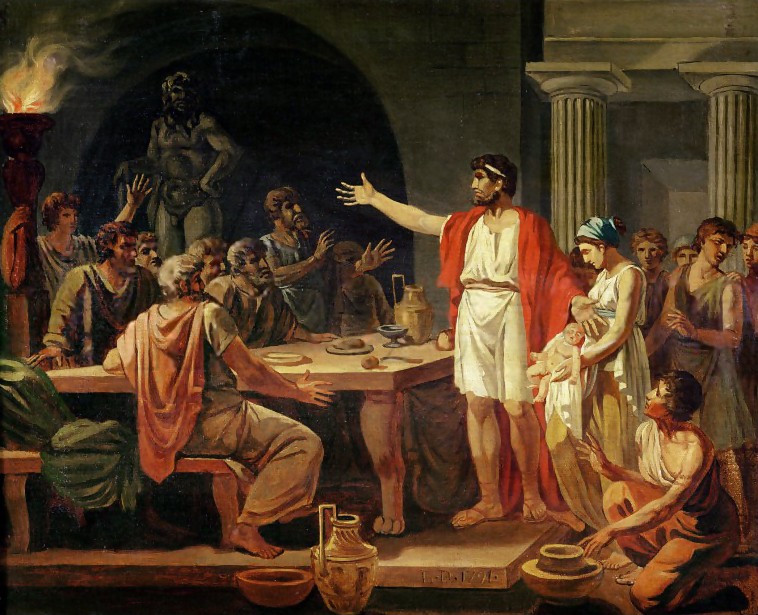 Jean-Jacques-François Le Barbier, Wikimedia Commons
Jean-Jacques-François Le Barbier, Wikimedia Commons
Spartan Social Structure
The Spartans were divided into three classes: Spartiates, Perioeci, and Helots.
The Spartiates, or Hómoioi (“equals”), were the full citizens. They received a grant of land for their military service.
The Perioeci (the “dwellers nearby”) were free non-citizens. They were generally craftsmen and sailors, and served as light infantry at times.
The Helots were the largest class. They were state-owned slaves who worked on the farms of the Spartiates. By the 5th century BC, they were also used as light troops in battle.
The Helots
The Helots performed any duty that would otherwise take Spartans away from their military campaigning. They were often made up of conquered Greeks—meaning each new conquest brought home more helots.
But considering the helots were there against their will, they needed to be carefully watched.
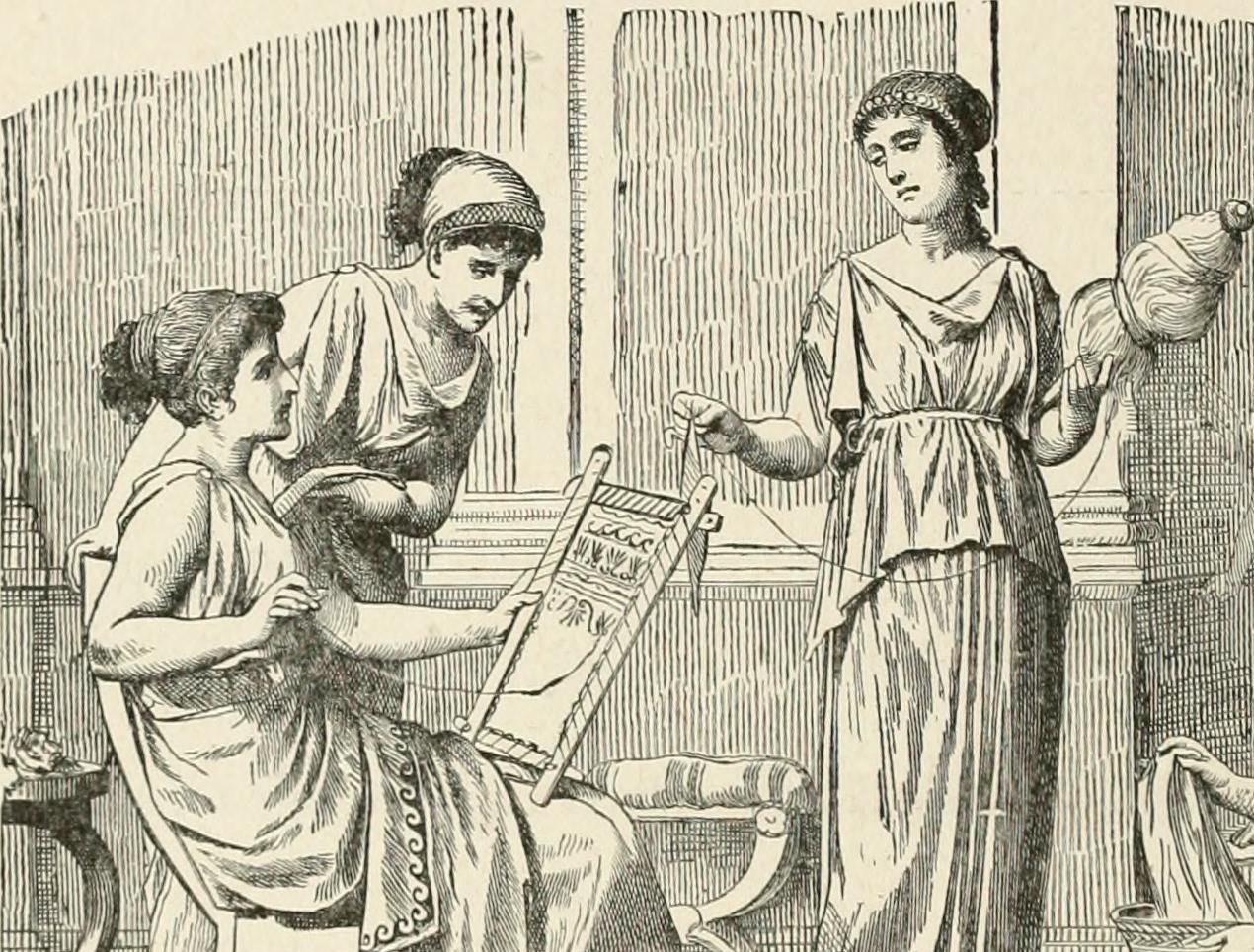 Internet Archive Book Images, Flickr
Internet Archive Book Images, Flickr
The Krypteia
The Spartans had secret police known as the Krypteia. This group was responsible for keeping the helots in line.
Helots found in the countryside at night were shot. And any helot who looked too strong and fit also lost their lives.
The Spartans certainly couldn’t have their slaves in better shape than their warriors.
The Spartiates
The Spartiates were the army’s core. They were supposed to be warriors and nothing else. When not in battle, they served as guards who kept the Helots in line.
These men were divided into two age groups. The youngest were age 20 and were considered weak due to their lack of experience. Only the oldest would be called upon to defend the baggage train in an emergency situation.
At the top of the chain though, were not one, but two leaders.
Spartan Kings
For most of its history, ancient Sparta was ruled by kings. In fact, Sparta was an unusual case as it maintained its kingship past the Archaic age. And it was even more unusual in that it had not one, but two kings—at the same time.
These kings were called archagetai, and they came from two separate lines.
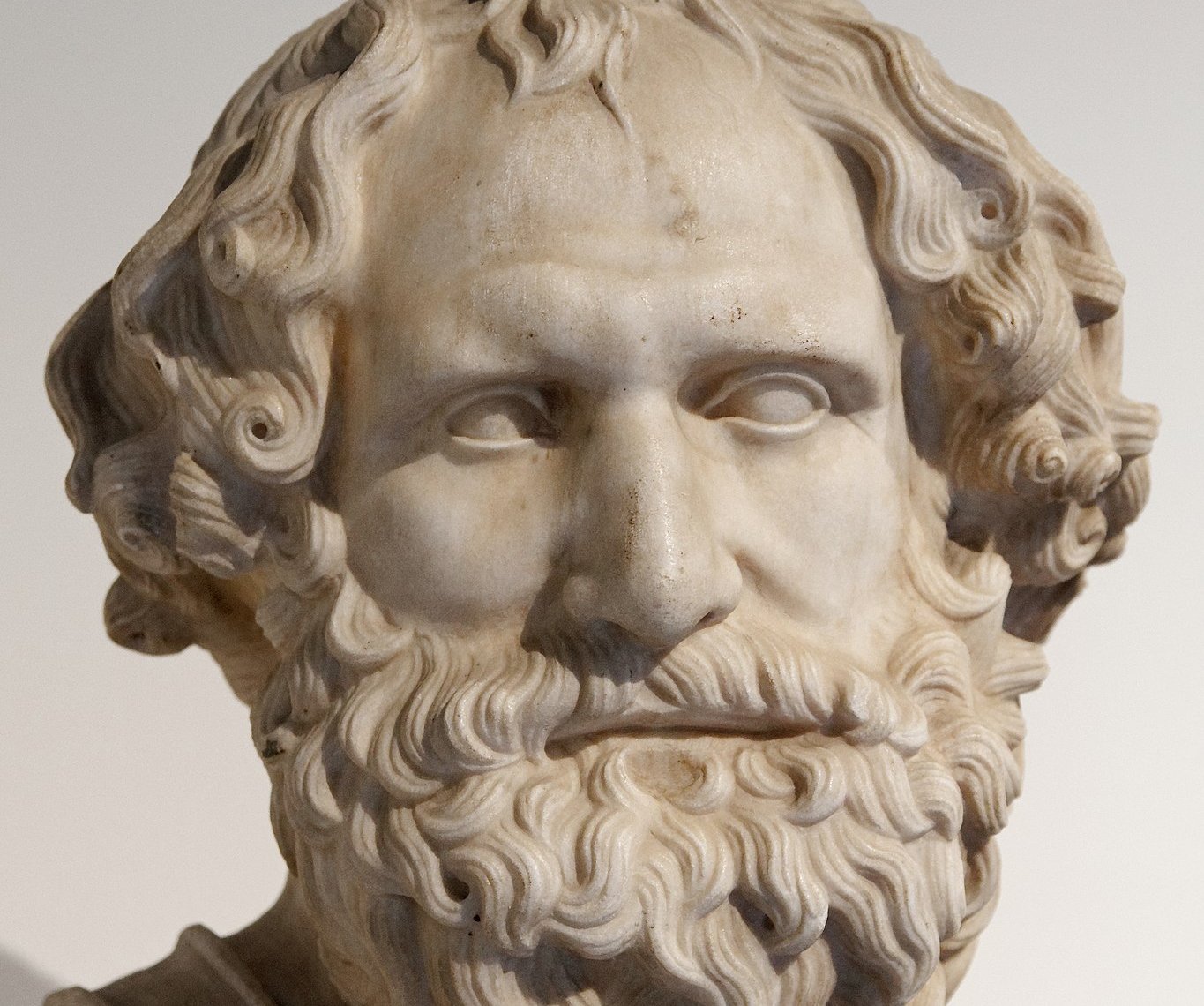 Naples National Archaeological Museum, CC BY 2.5, Wikimedia Commons
Naples National Archaeological Museum, CC BY 2.5, Wikimedia Commons
The Powers Of The Kings
The two kings, of the Agiad and Eurypontid families, were equal in authority—meaning one could not act against the other.
Their duties were mainly religious, judicial, and military. While they had restrictions on many political issues, they had seemingly unlimited powers when it came to military action.
However, while they may have come from royal bloodlines, they were not exactly like other kings.
 Benjamin West, Wikimedia Commons
Benjamin West, Wikimedia Commons
Kings Are People Too
The kings of Sparta were judged as civilians and held to the same laws of the community. This is vastly different from most historical monarchs who often enjoyed lifestyles and powers similar to those of a galactic overlord.
One king was said to rule from home while the other often traveled with the warriors into battle.
During the Persian war, the two Spartan kings were Leonidas and Leotychidas, and they led Sparta into many successful battles in a bid for supremacy over the ancient world.
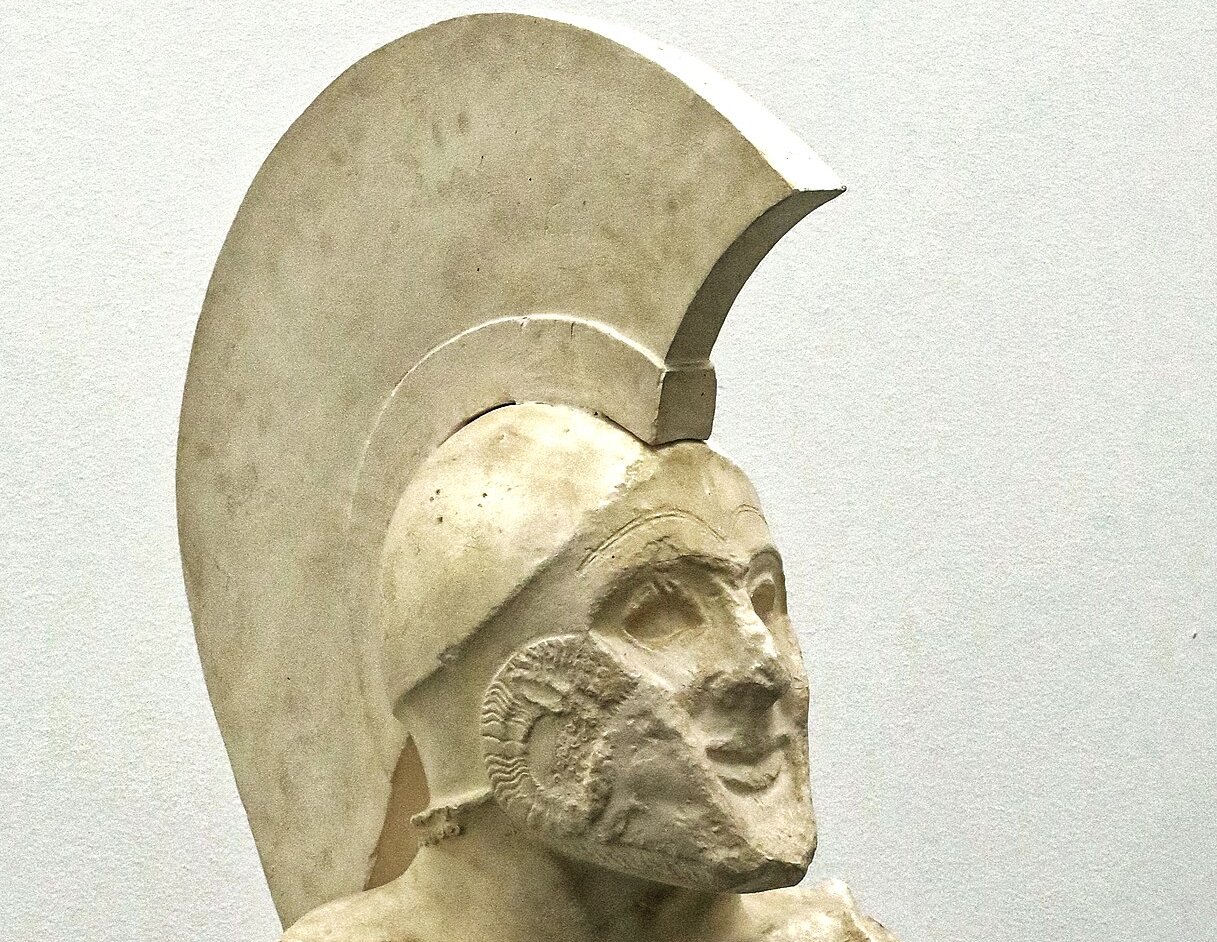 Pimpinellus, CC BY-SA 4.0, Wikimedia Commons
Pimpinellus, CC BY-SA 4.0, Wikimedia Commons
Spartan Battles
For a while, Sparta fought the Greek cities of Athens and Thebes, as well as the Persian Empire, gaining more and more naval power as they went.
And with the immensely strong and loyal army they carefully built, they conquered their rivals in record time—even defeating the mighty Athens, establishing Spartan control by the end of the 5th century BC.
But what made them so successful was not just their guts and grit.
The Phalanx Formation
The Spartan army was infantry-based and fought using the phalanx formation—where they stood shoulder to shoulder in a block formation, armed with spears, short swords, and shields.
During battle, the opposing army would try to fight through the line of Spartan warriors, but the Spartans' constant strength training made them a force to be reckoned with.
And while spears and swords were important, the shields played a significant role.
The Golden Age Of Warfare
During this golden age of warfare, Spartan shields were extremely vital. They were simple round bronze armor that were said to protect the entire army, not just the individual.
Any warrior who lost their shield was severely punished. It was actually better if they just didn’t return home.
Spartan Body Armor
And while many films show Spartans going into battle with bare chests, in reality, they actually wore full body armor—which was the same hoplite equipment used by other Greek armies, except with a crimson tunic and cloak.
And while their armor was impressive, their main weapon was even more so.
The Dory Spear
The Spartans' main weapon was the dory spear, which was an impressive seven to nine feet long. It had a wooden handle, an iron spearhead, and a bronze butt-spike for counterbalance.
The butt-spike, also known as a “lizard killer,” served two purposes: to stand up the spear and to use as a secondary weapon if the spear broke.
It was also commonly used to jab their fallen enemies as they marched past them, as an extra little “up yours” as they paraded off the battlefield.
But was there ever a battle the Spartans didn’t win?
The Battle Of Pylos
Although Spartan warriors were expected to perish before surrendering, they did actually surrender after one particularly disastrous fight: the Battle of Pylos.
During this exceptionally bloody battle, many Spartans were taken hostage by the Athenians, ultimately leading to their admission of defeat.
This event shook the Greek world, as it was commonly believed that Spartans would never surrender.
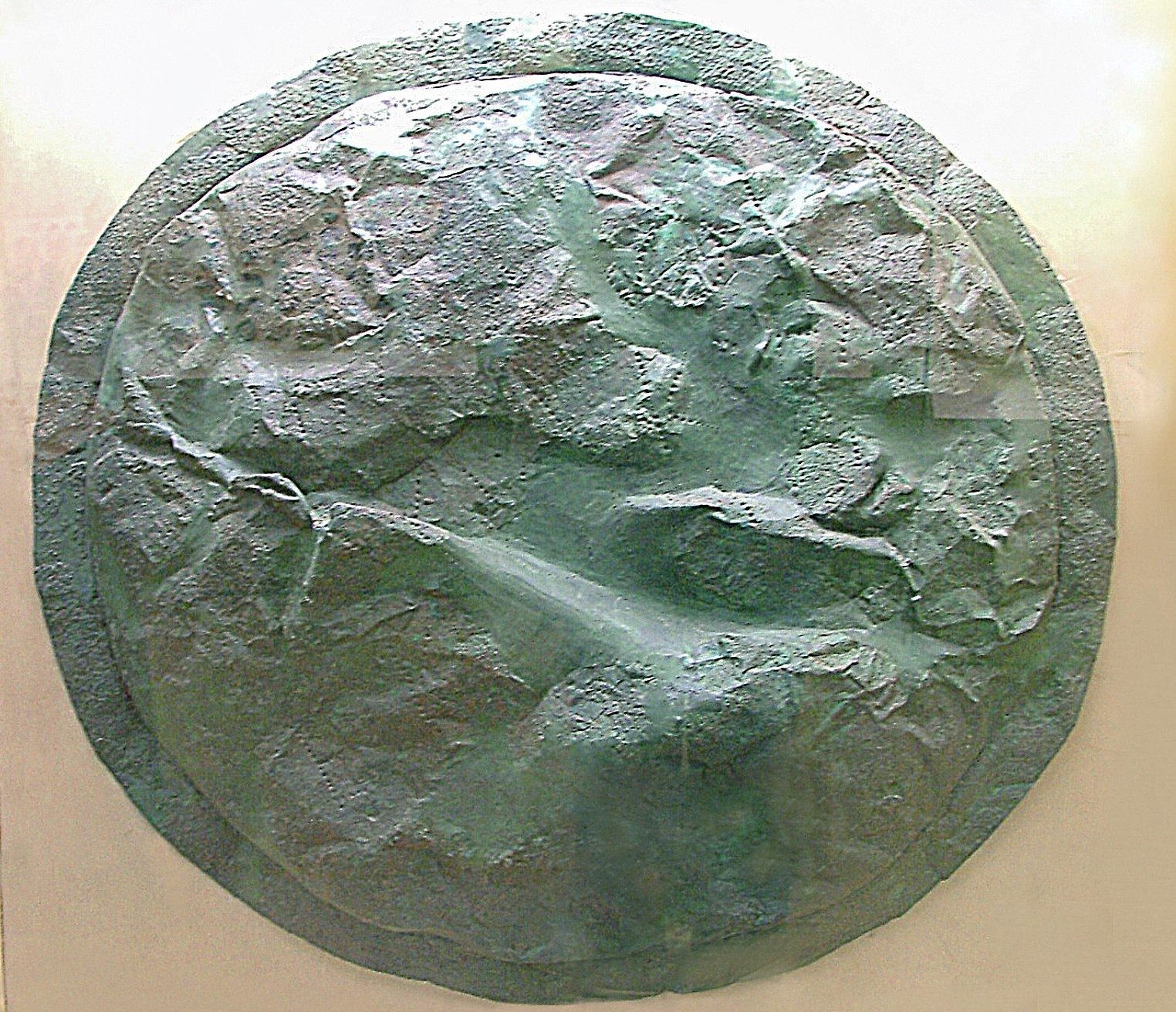 Jerónimo Roure Pérez, CC BY-SA 4.0, Wikimedia Commons
Jerónimo Roure Pérez, CC BY-SA 4.0, Wikimedia Commons
Spartan Victories
While the Spartans may have surrendered in that battle, they were rather victorious in others.
One particular battle, though, may not have been a definite victory for the Greeks, but it certainly highlighted the heroism, endurance, and sacrifice of the 300 Spartans who perished holding off hundreds of thousands of Persians.
The Battle Of Thermopylae
The famous Battle of Thermopylae—which was depicted in the film 300—came to define the struggles of the Greek city-states in their wars against the vast Persian Empire and its king, Xerxes.
Sparta was defeated in this battle, but it sure was an impressive defeat.
However, the movie wasn’t exactly accurate.
 Fkerasar, CC BY-SA 3.0, Wikimedia Commons
Fkerasar, CC BY-SA 3.0, Wikimedia Commons
Film Discrepancies
Contrary to what 300 might have shown you, King Leonidas wasn’t a man in his prime after all. He was actually an aging man during the Battle of Thermopylae, in his late 50s, possibly even as old as 60.
Even still, he maintained a strong stance throughout the war, easily instilling fear into his enemies—including one king who had already conquered most of southern Greece.
King Philip II
King Philip II of Macedon, Alexander the Great’s father, conquered most of southern Greece before sending a hostile message to Sparta.
The message read, “You are advised to submit without further delay, for if I bring my army into your land, I will destroy your farms, slay your people, and raze your city".
The Spartans' response was legendary.
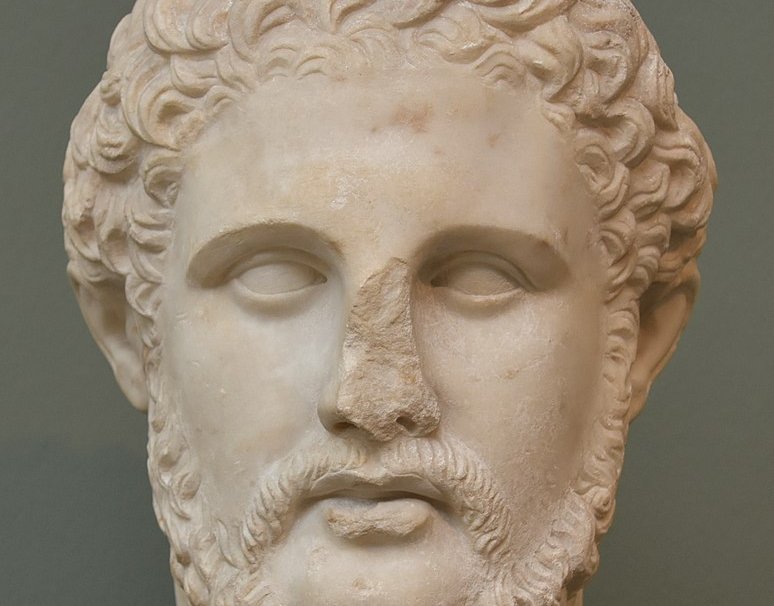 Richard Mortel, CC BY 2.0, Wikimedia Commons
Richard Mortel, CC BY 2.0, Wikimedia Commons
Sparta Doesn’t Surrender
In true Spartan fashion, they replied to King Philip II’s heinous threat with one single word: “If". Suffice it to say, Philip did not attack Sparta.
And while Spartan kings were ruthless, their queens are worth a mention, too.
 Ny Carlsberg Glyptotek, Wikimedia Commons
Ny Carlsberg Glyptotek, Wikimedia Commons
Queen Gorgo
Queen Gorgo was the wife of Spartan King Leonidas. She was fierce, and smart—taking full advantage of her freedom to gain an education. She often gave advice to her male relatives, and once assisted the Spartan warriors in decoding a secret message.
When a foreign woman once asked Gorgo why Spartan women were the only ones who could rule men, Gorgo replied quickly, “Because we are the only women who are mothers of men”—meaning only Spartan women give birth to real men.
 Warner Bros., 300: Rise of an Empire (2014)
Warner Bros., 300: Rise of an Empire (2014)
The Battle Of Leuctra
While Sparta may have won many battles, their supremacy collapsed after the Battle of Leuctra—which was the first time a full-strength Spartan army lost a land battle.
They were disastrously defeated by the Thebans, losing a large number of Spartiates, essentially ending Sparta’s prominent role in Greece.
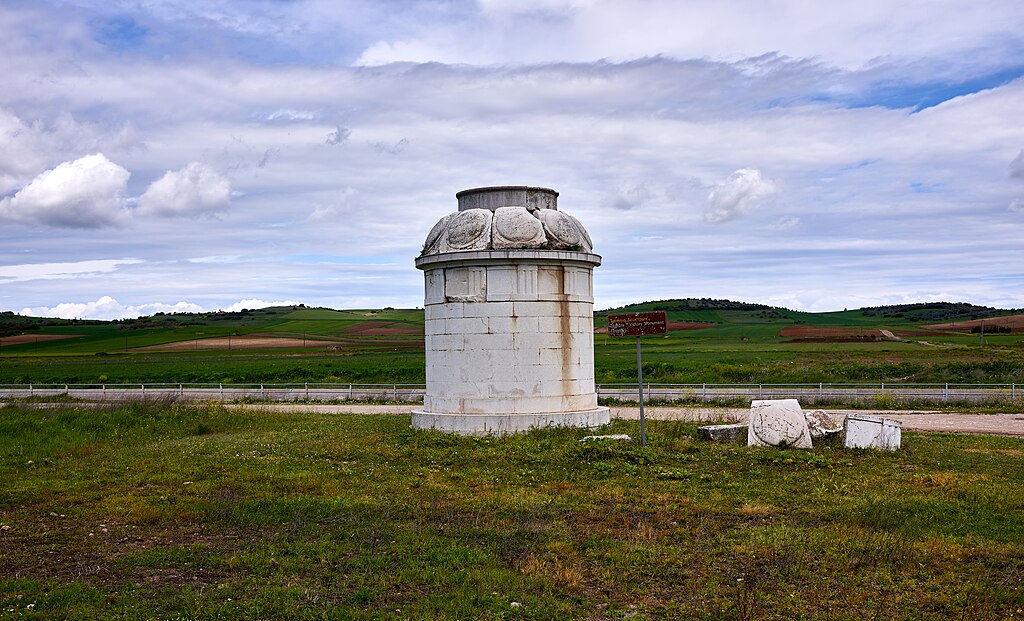 George E. Koronaios, Wikimedia Commons
George E. Koronaios, Wikimedia Commons
Legendary Warriors
Sparta was never able to regain its military superiority after the battle of Leuctra, and was finally absorbed by the Achaean League in the 2nd century BC.
But with centuries of wins under their belt, the Spartans have gone down in history as exceptional warriors known for their fearlessness and formidable force—a reputation that holds strong today.
Spartan Training Began In The Womb
A pregnant Spartiate—a full Spartan citizen—was required to do exercises that would ensure her unborn child would be born strong. When a baby was born, it was taken to the town elders and checked for physical deformities and mental abnormalities. If anything was deemed wrong with the infant, it was tossed off a cliff into a large hole where it was left to starve.
But a “healthy” appearance wasn’t the only way to determine the baby’s survival.
Picky Parents
After the baby was checked by elders, it was brought back home where the mother would then wash the baby in wine as an early epilepsy test. If the child was epileptic, the wine would cause it to cry—meaning it was “not worth raising".
If a baby could survive these tests, it was promised a free plot of land. Sadly, it is estimated that about half of all babies born in Sparta died as a result of these rituals.

